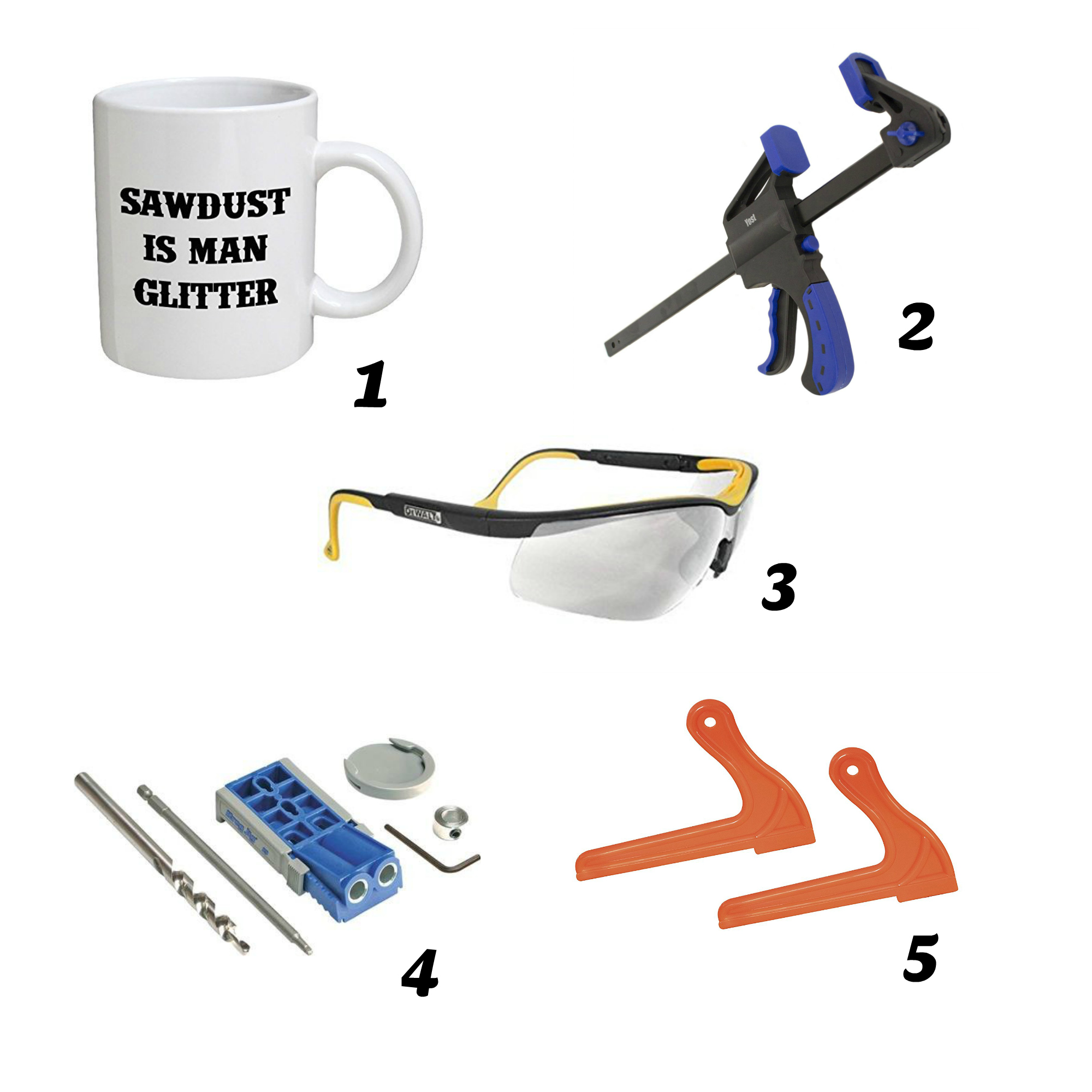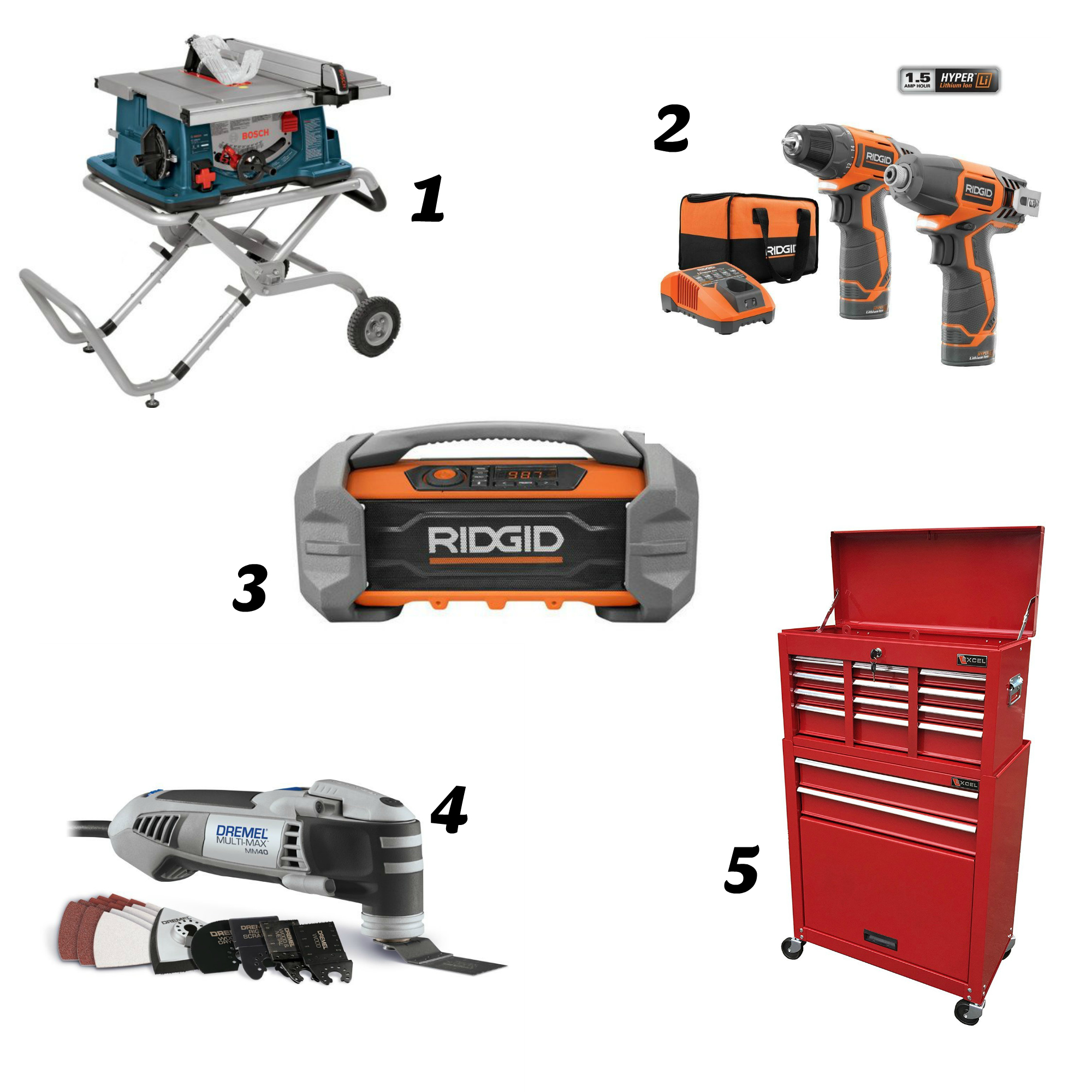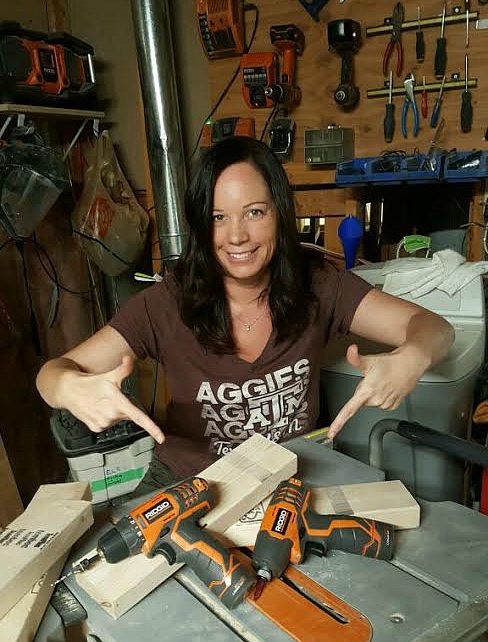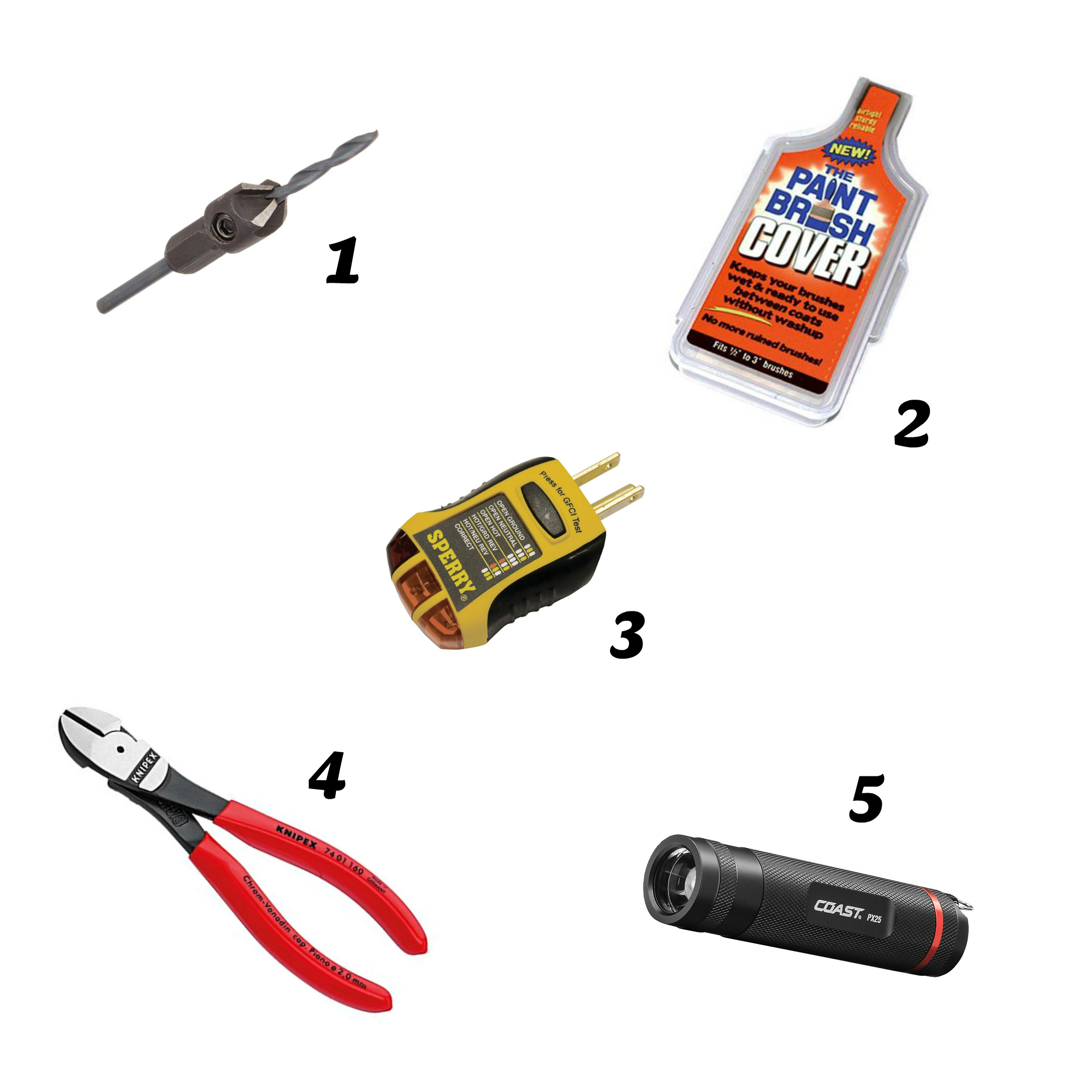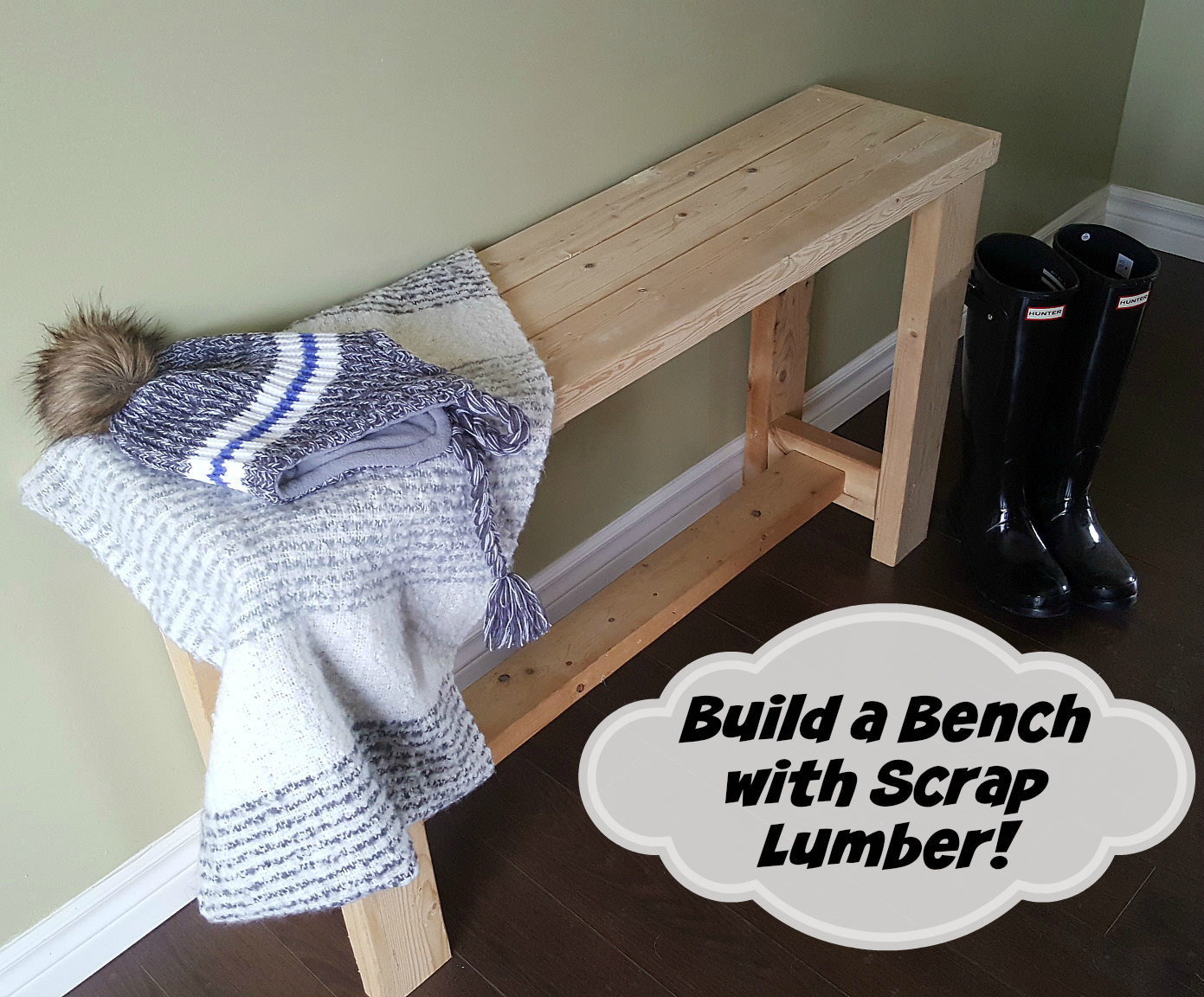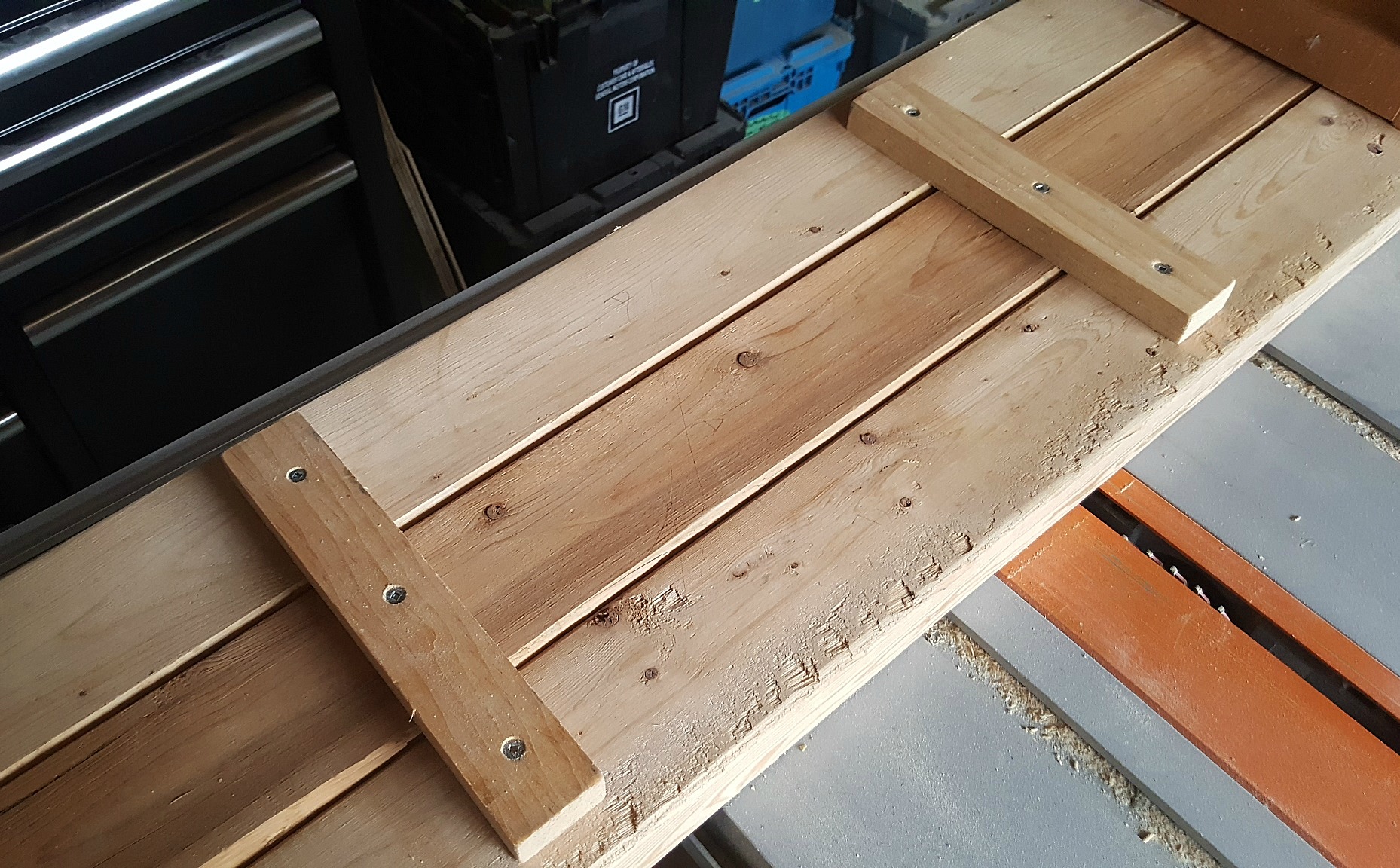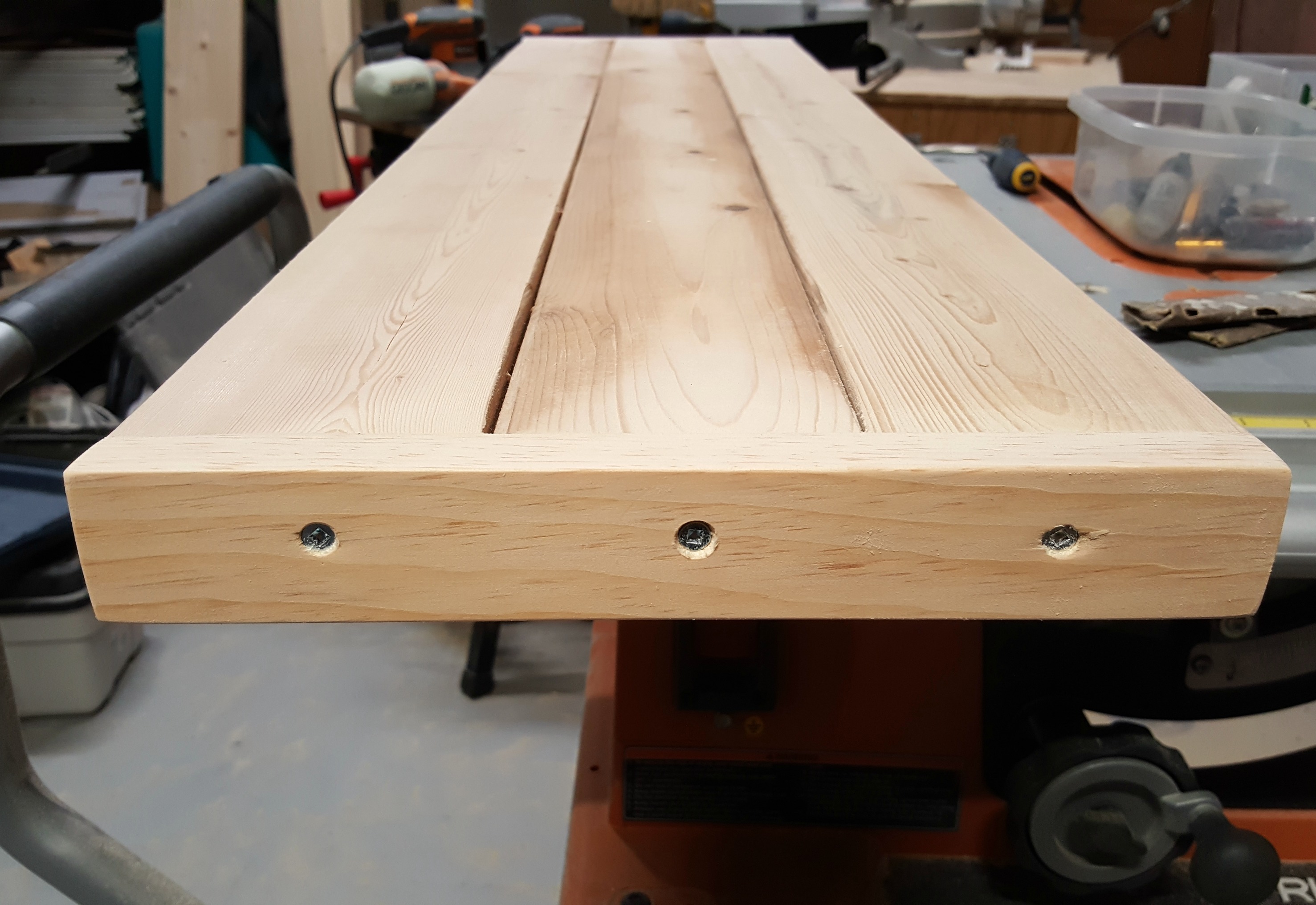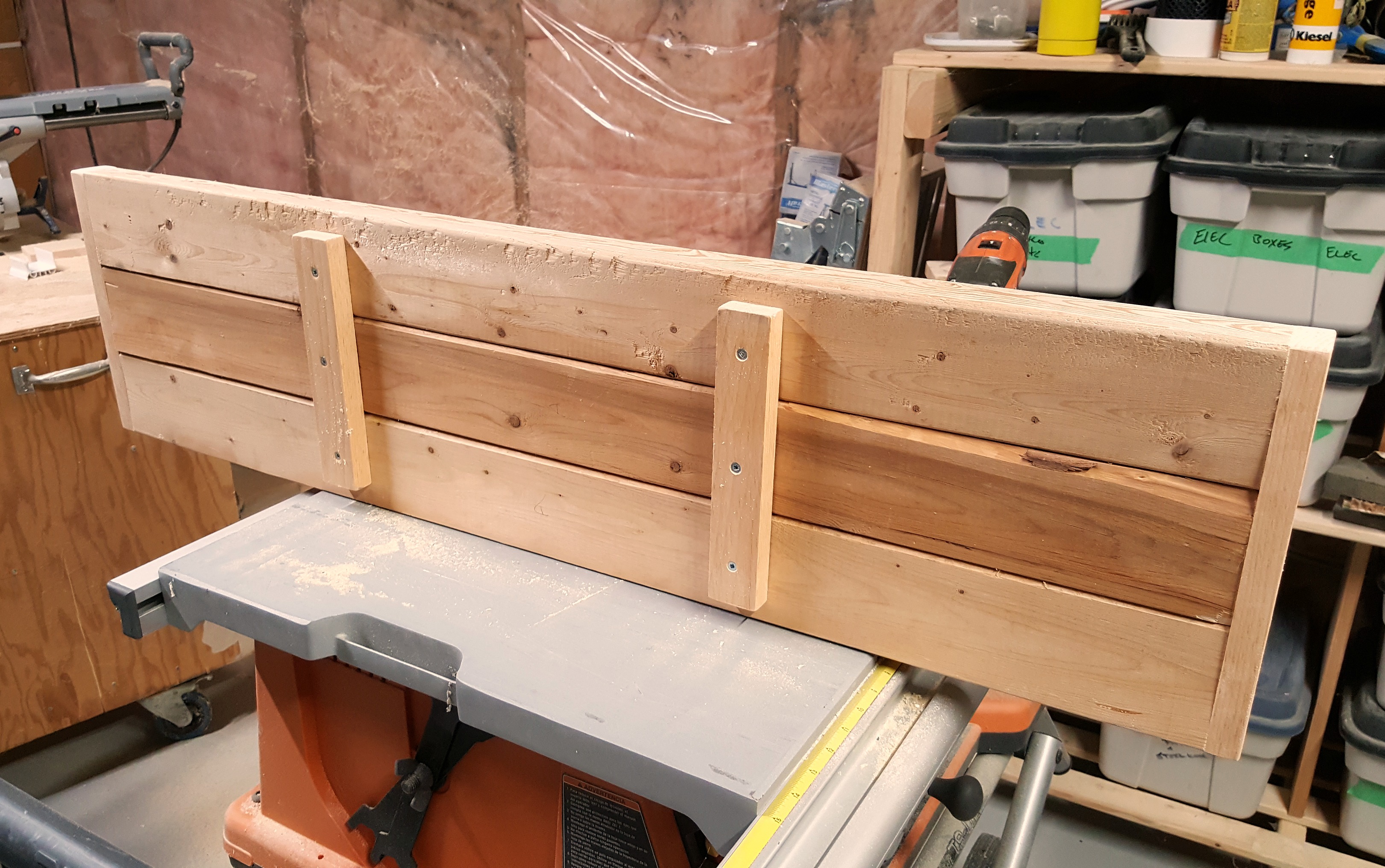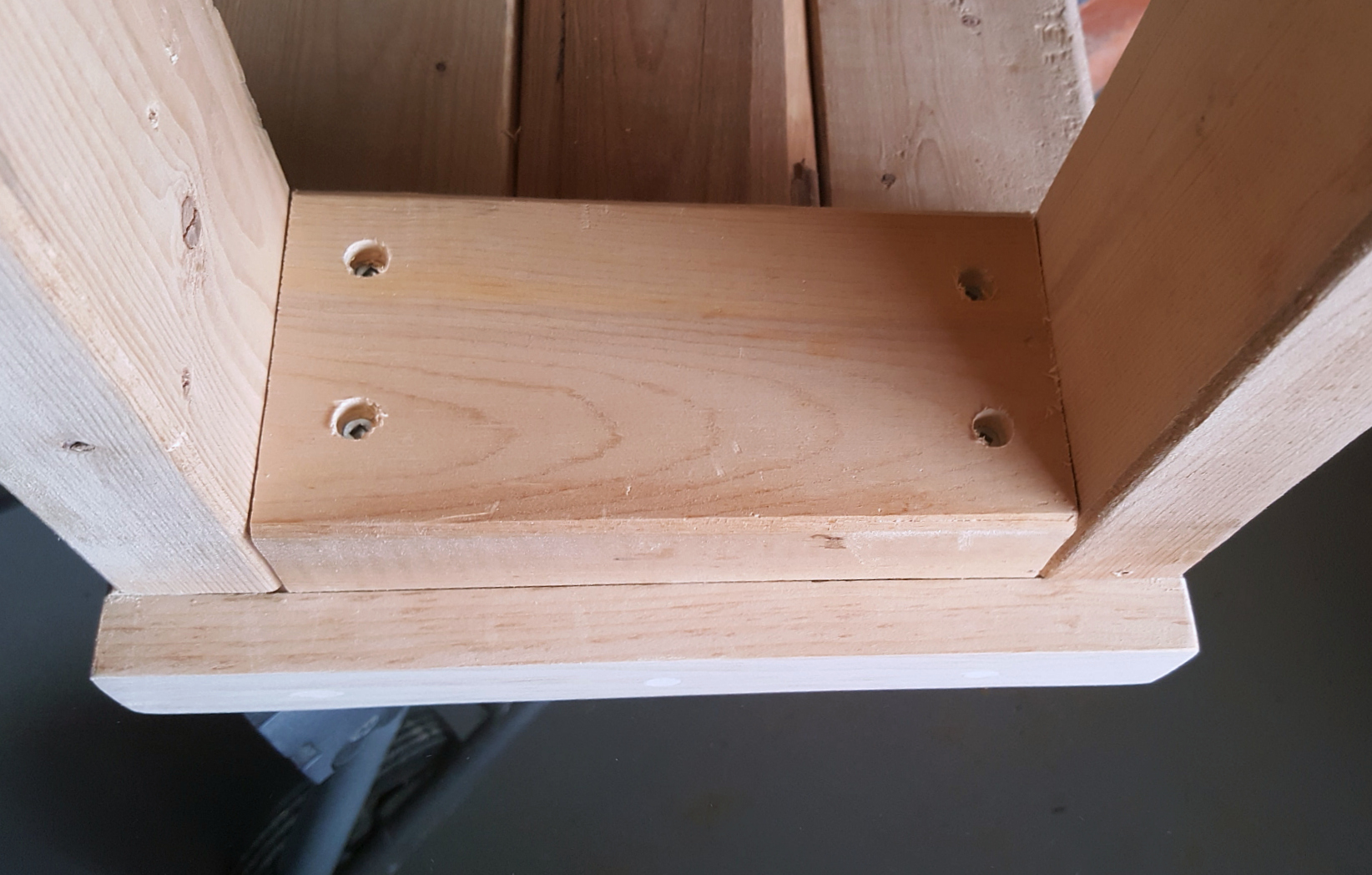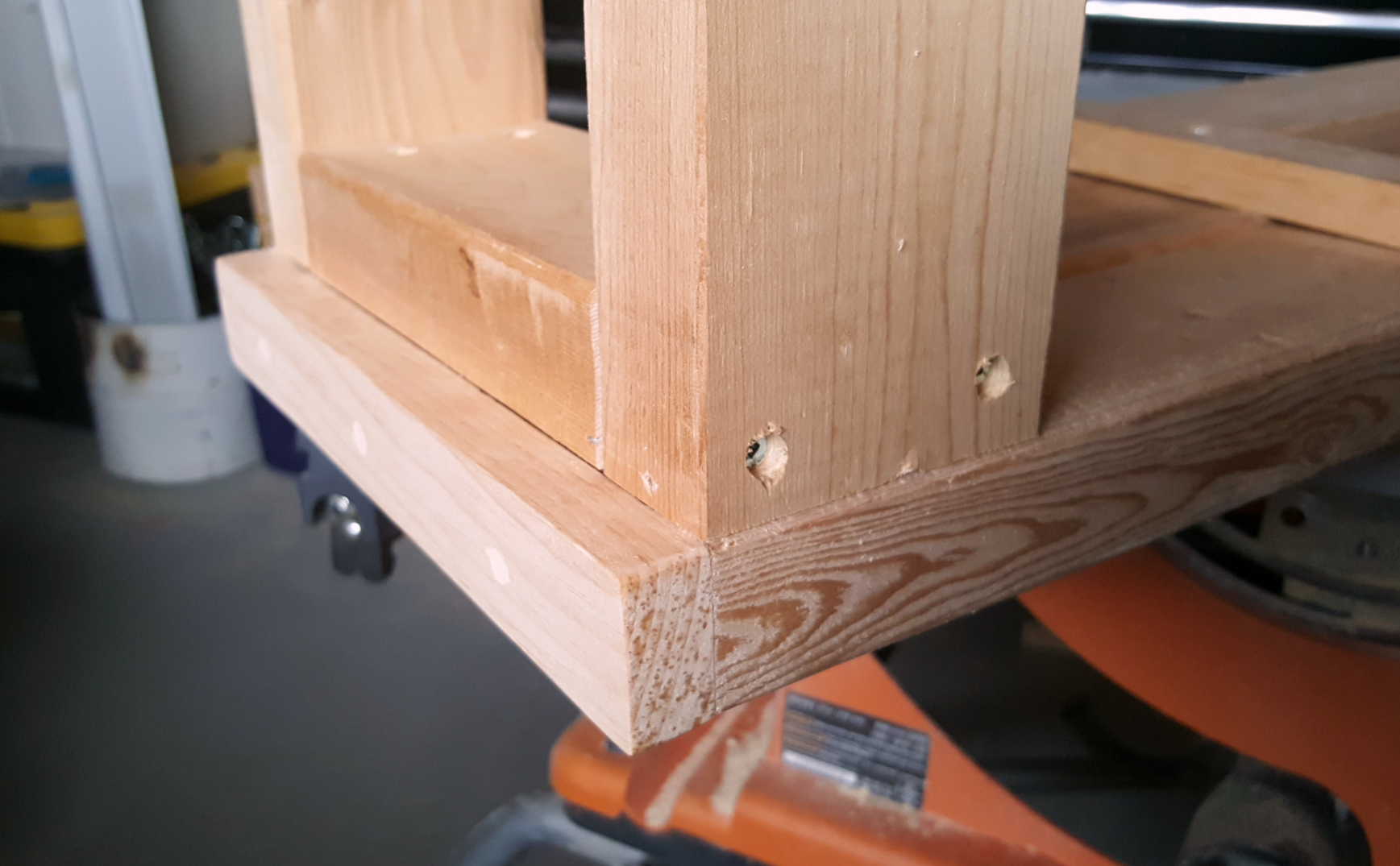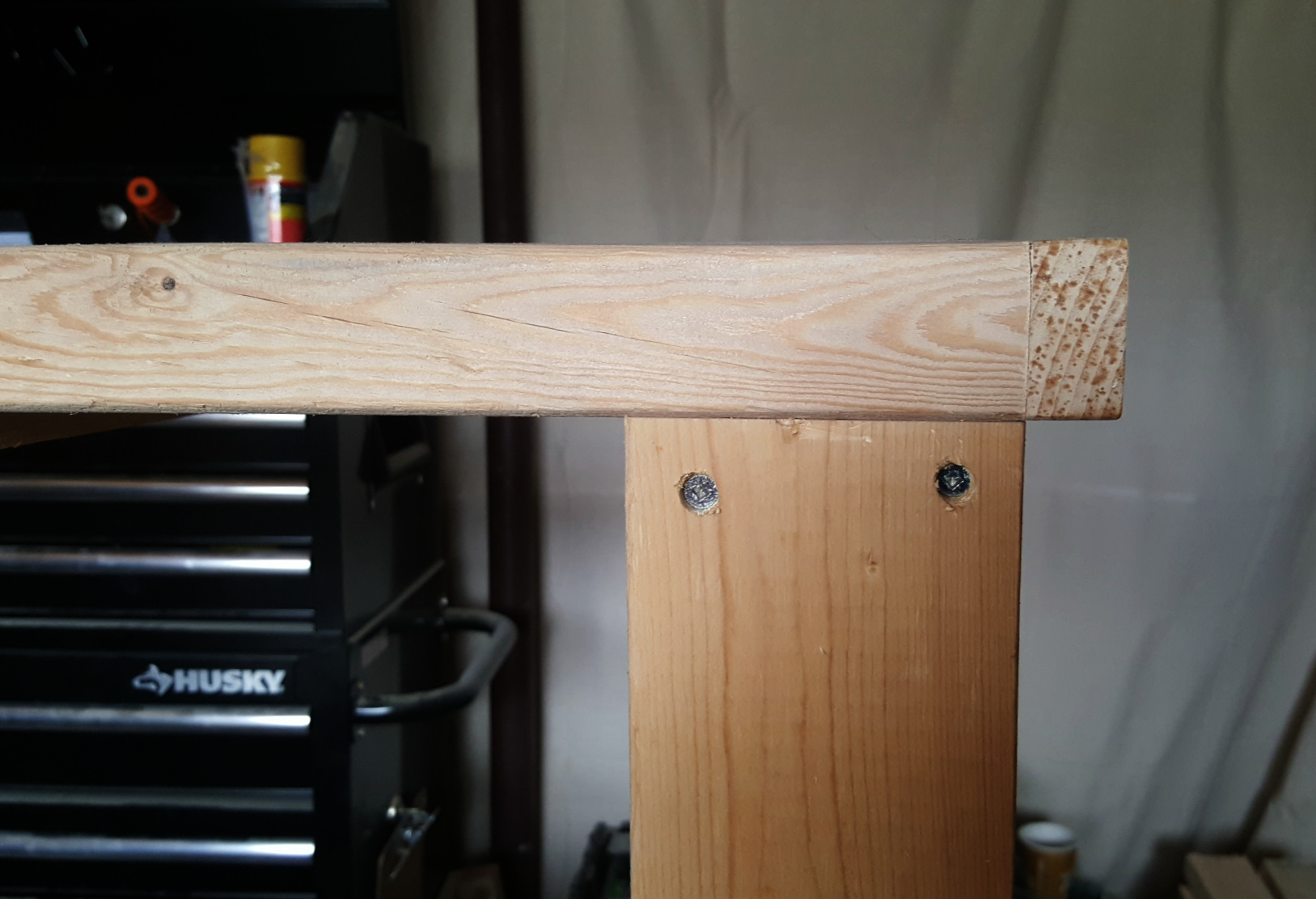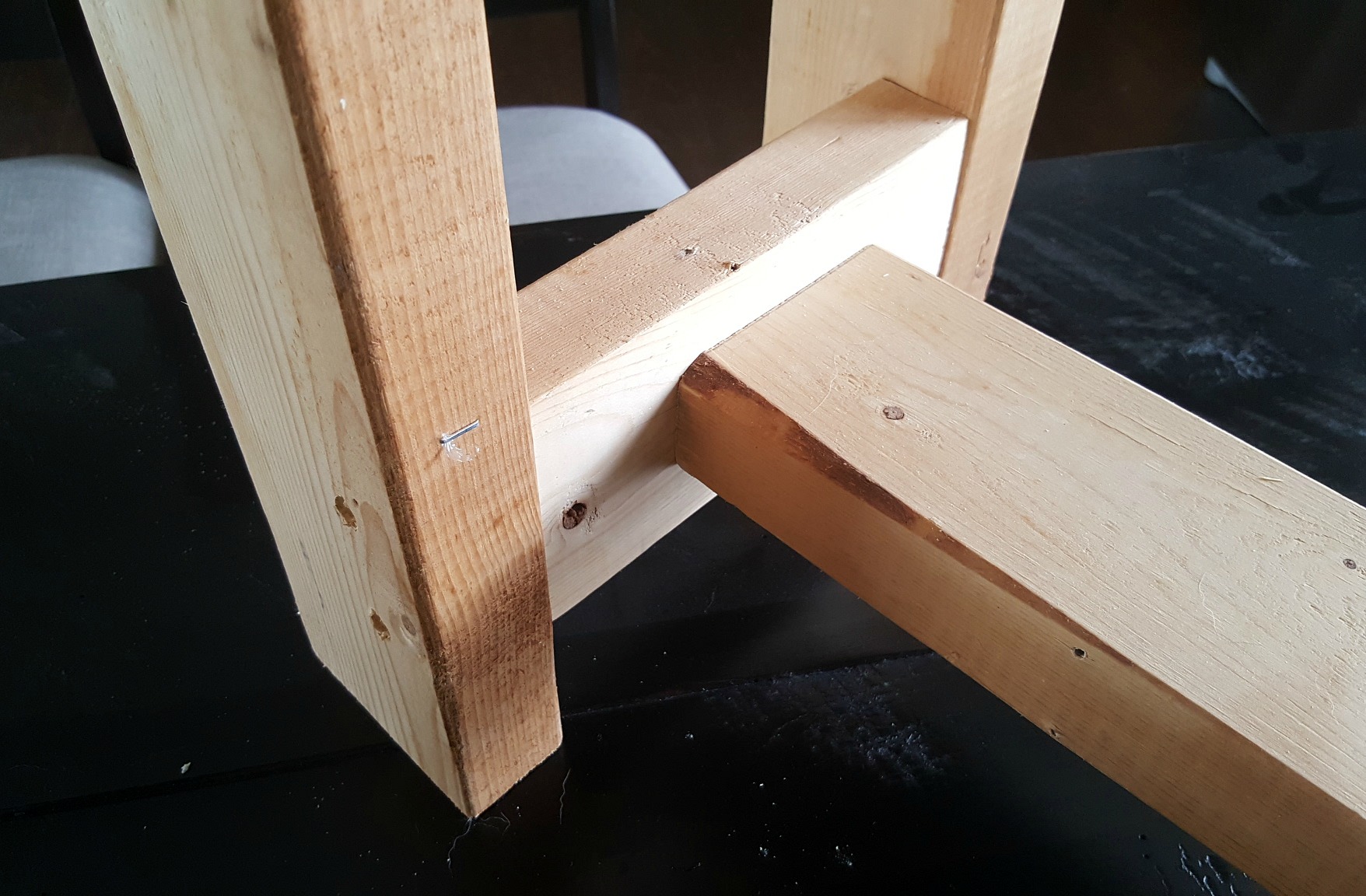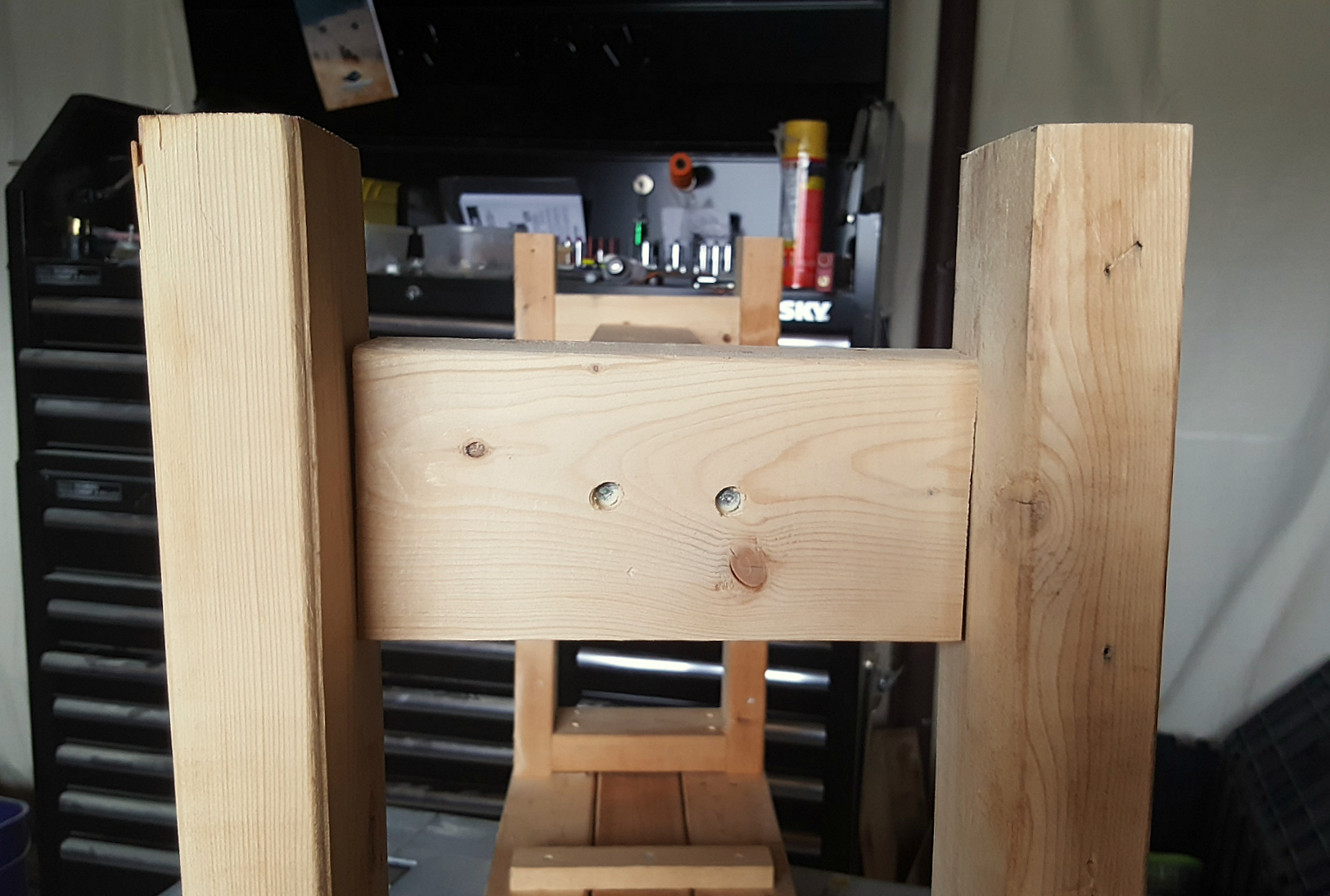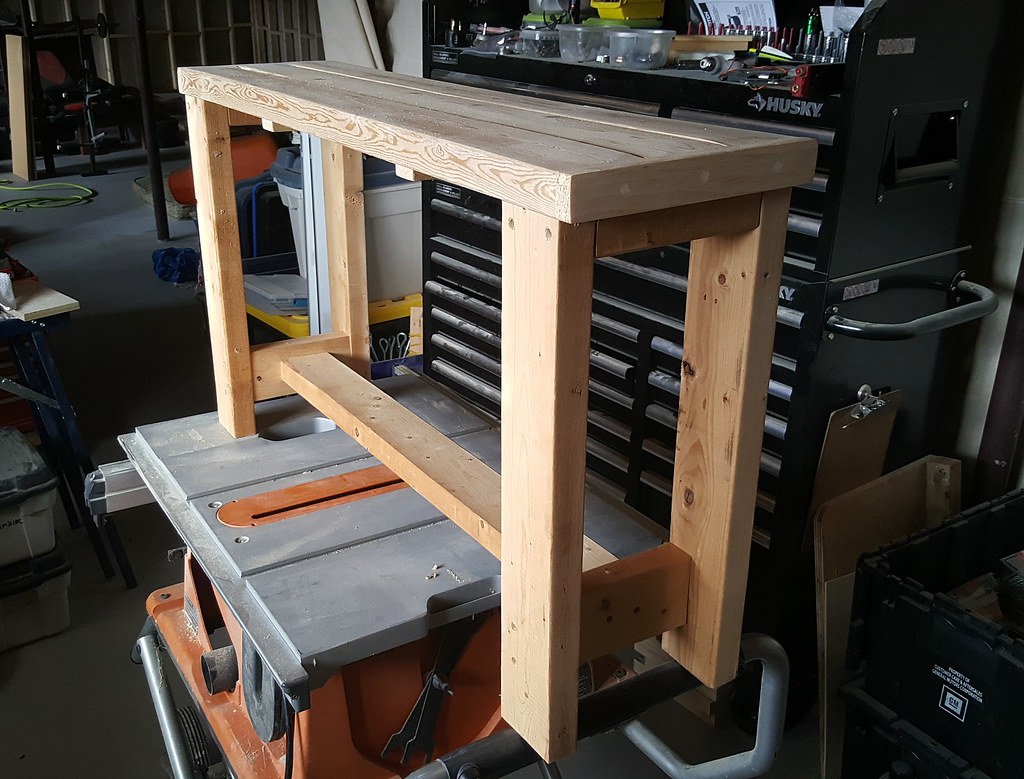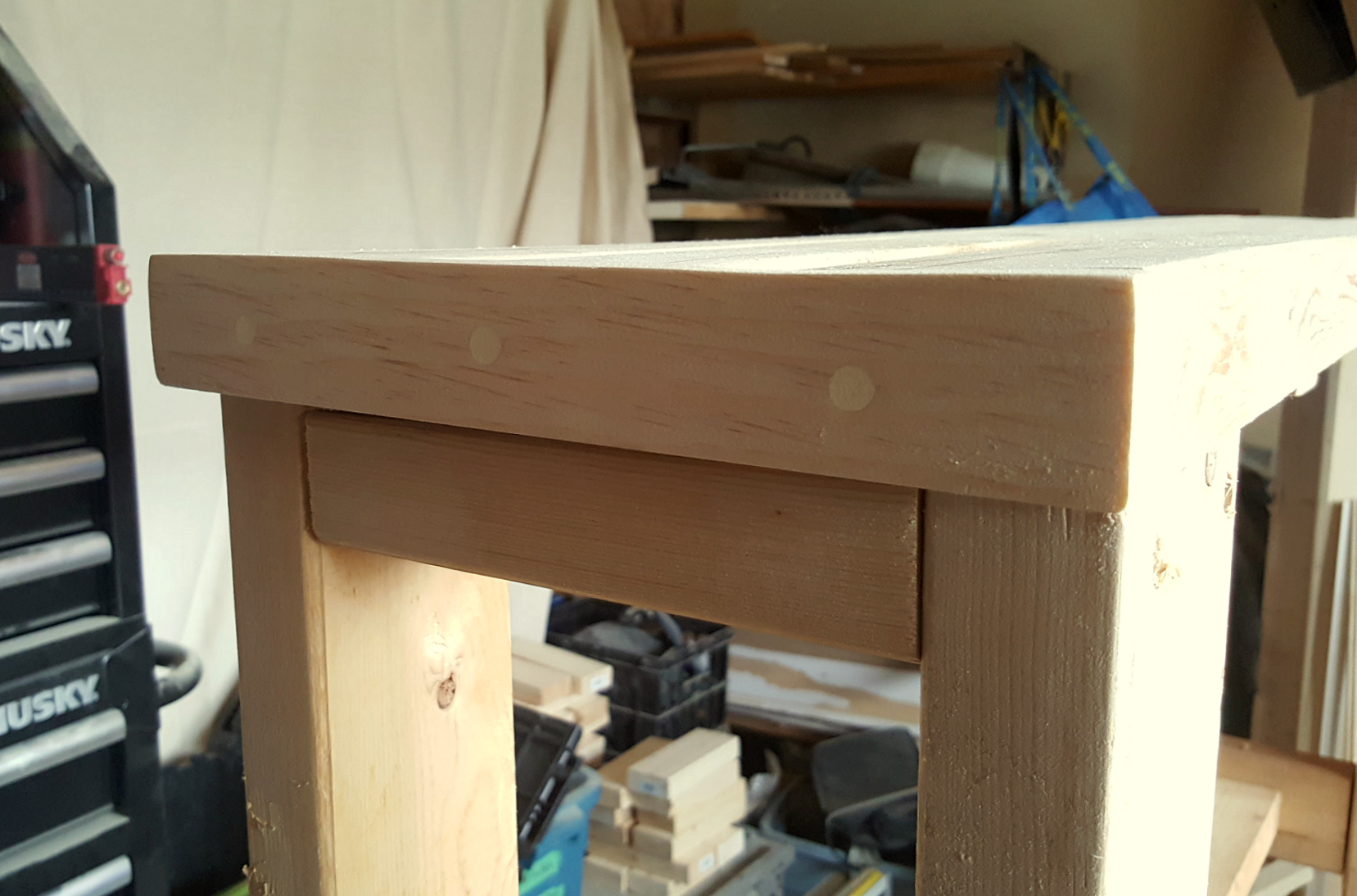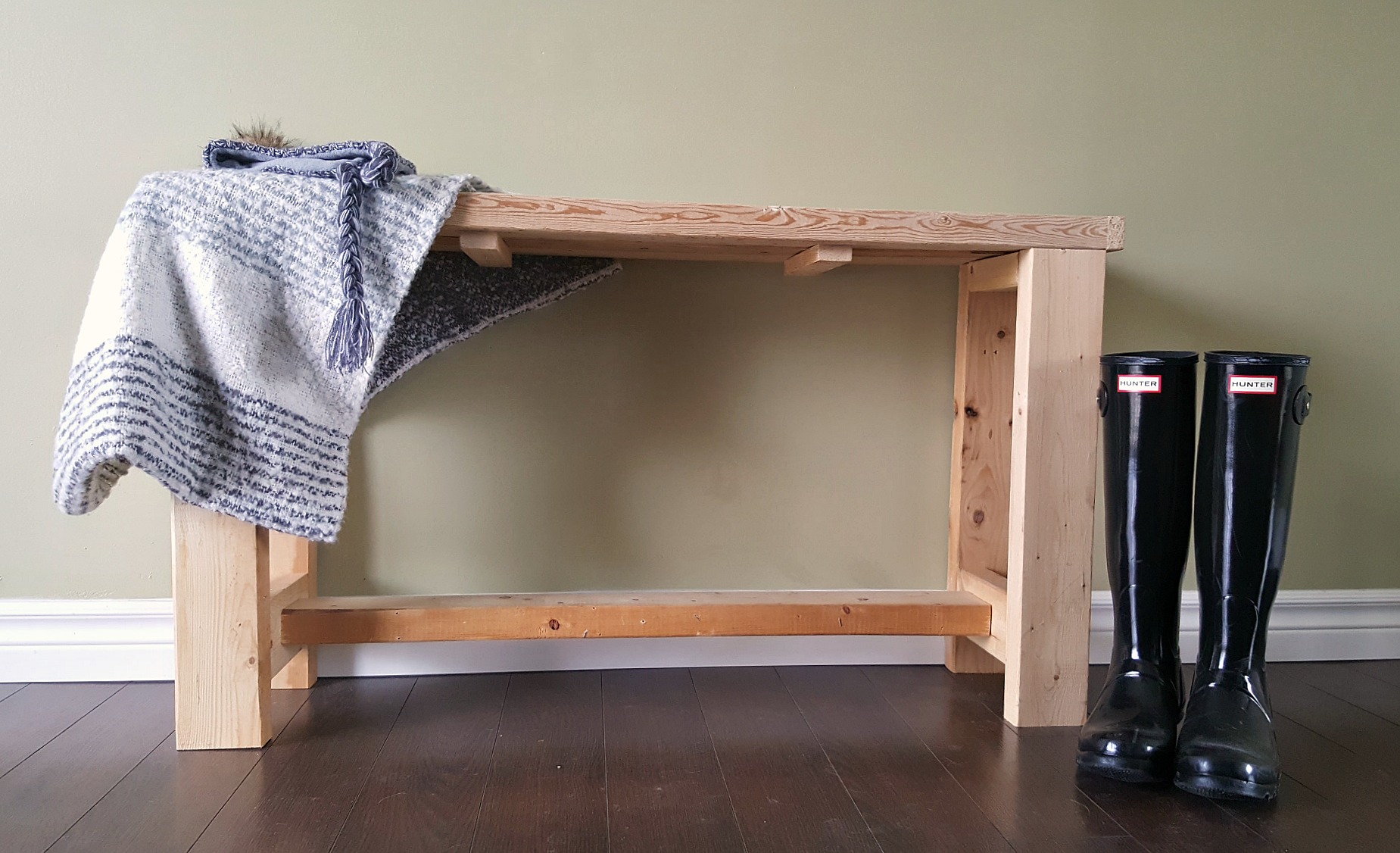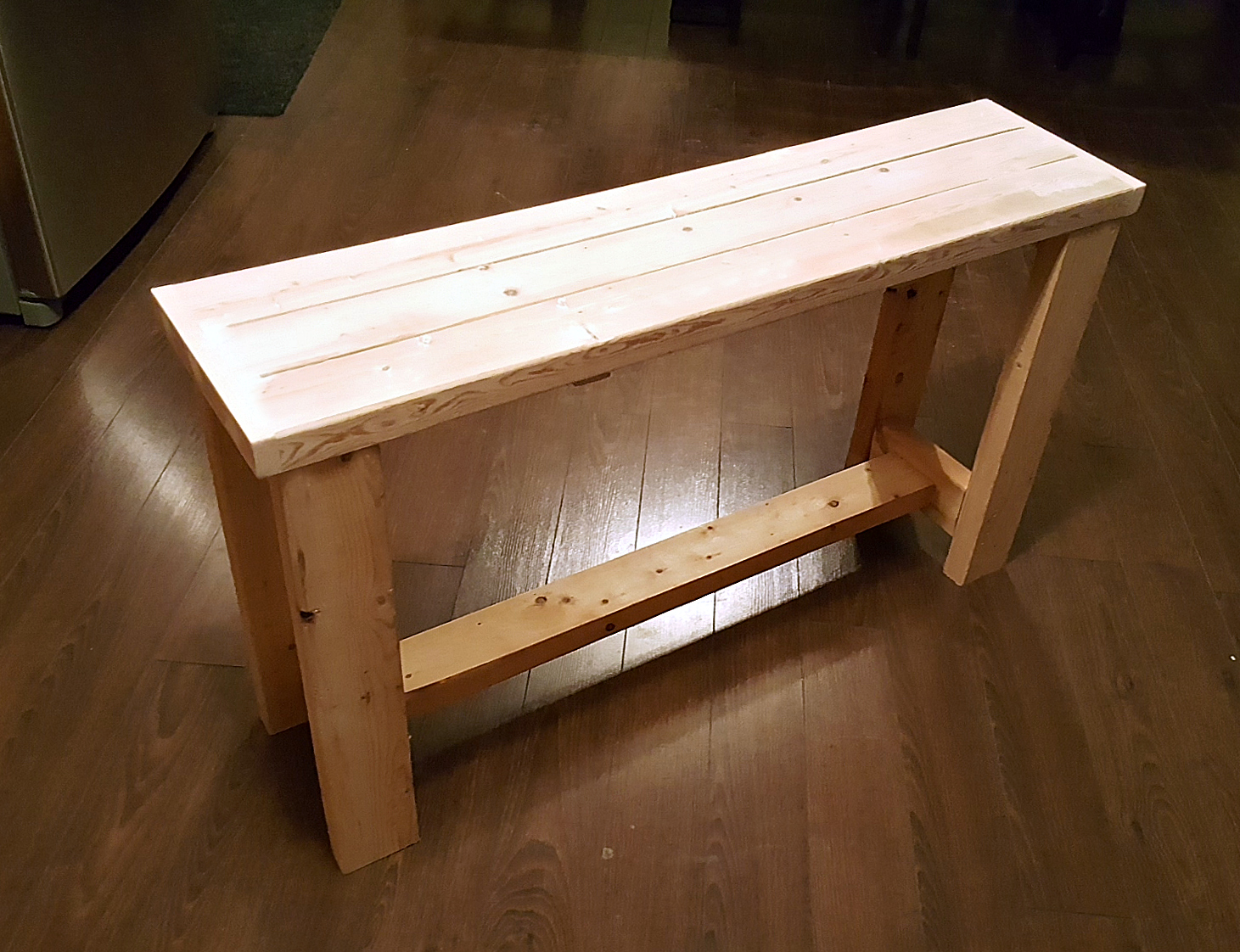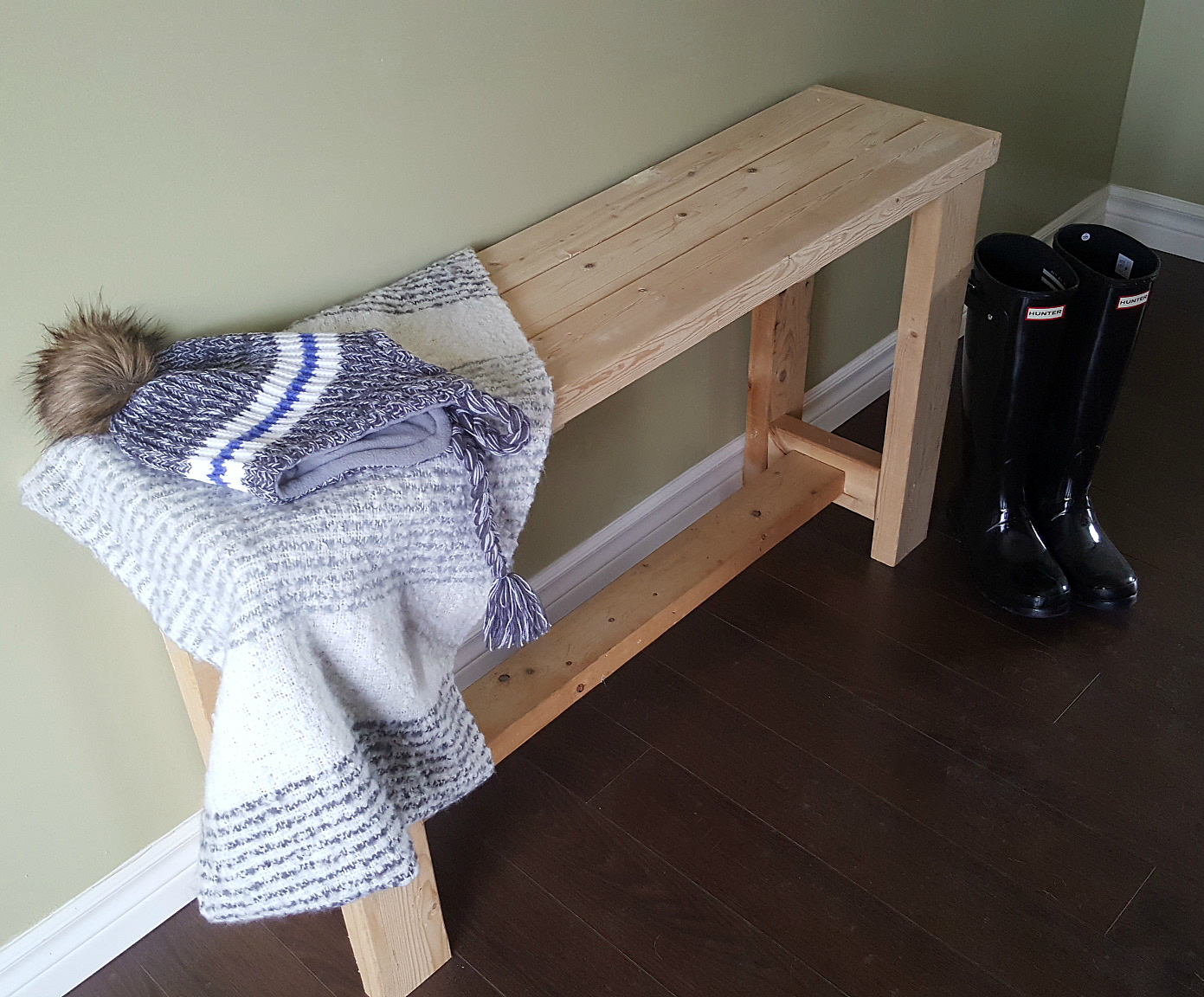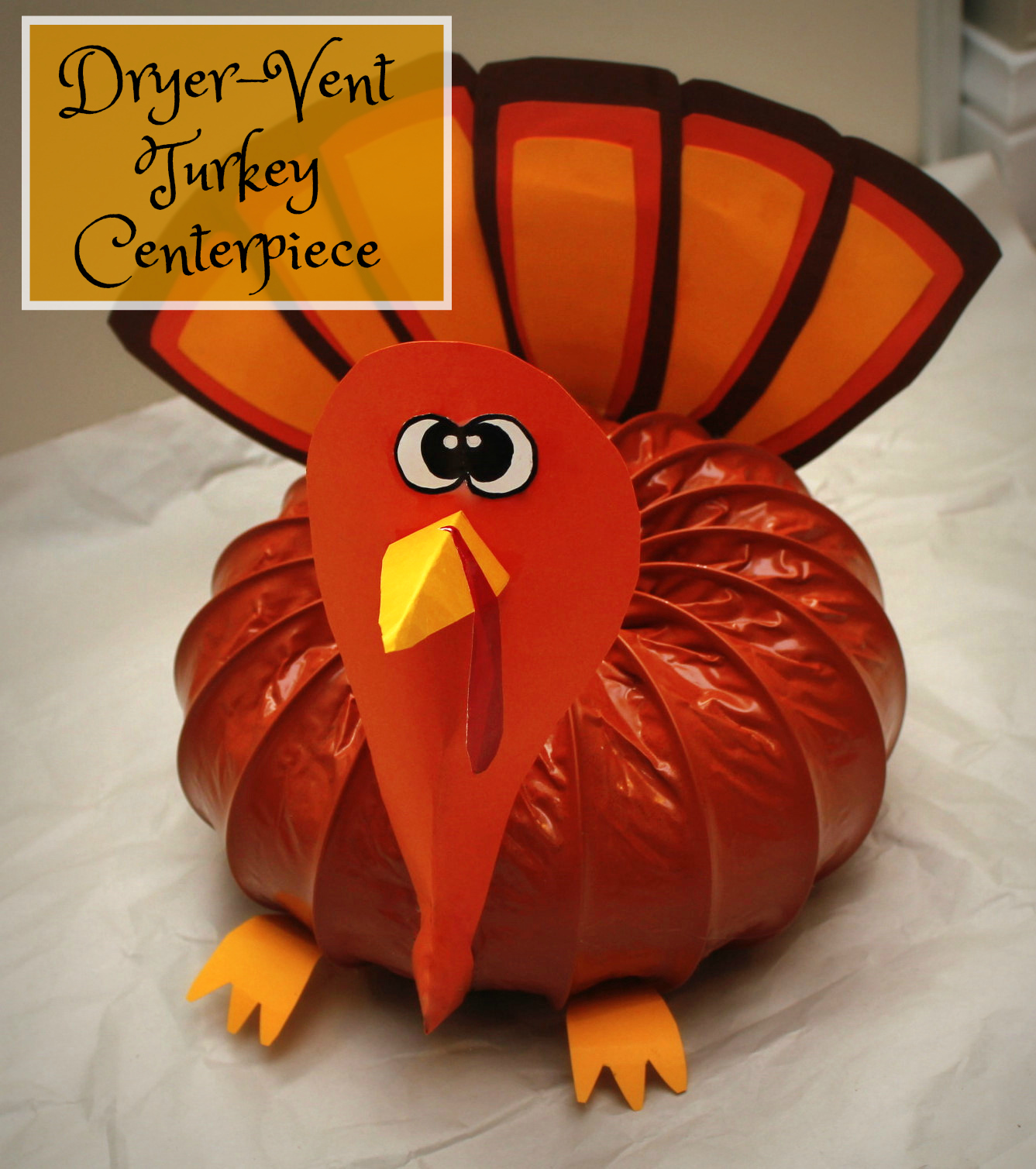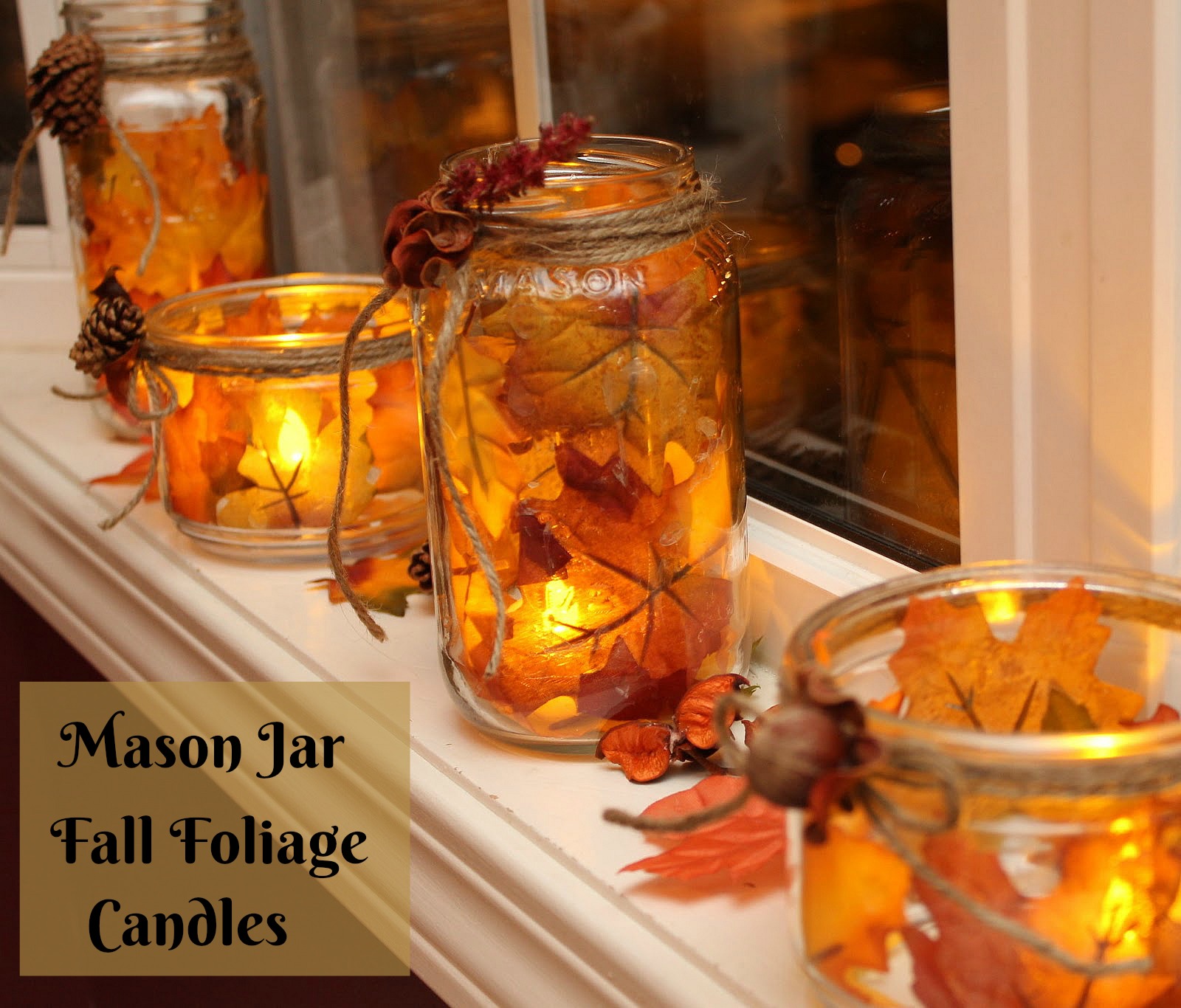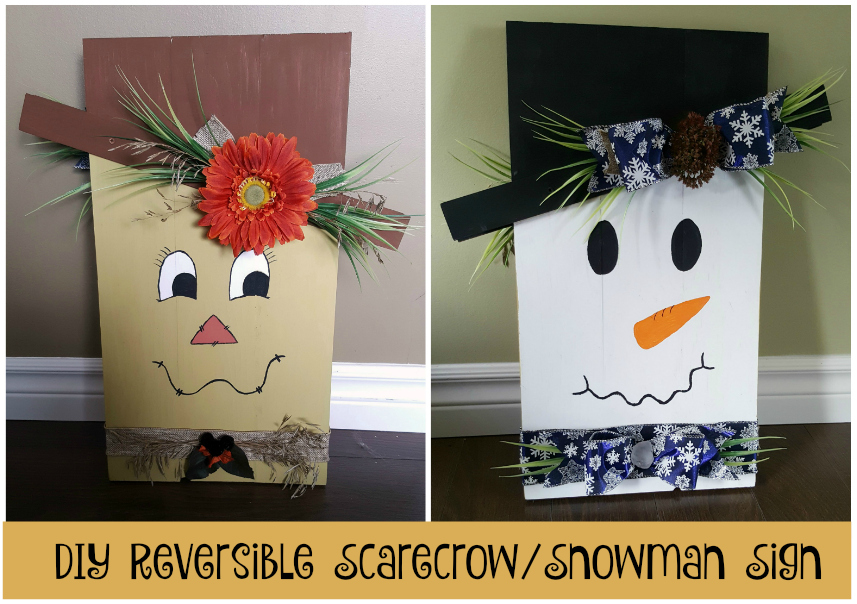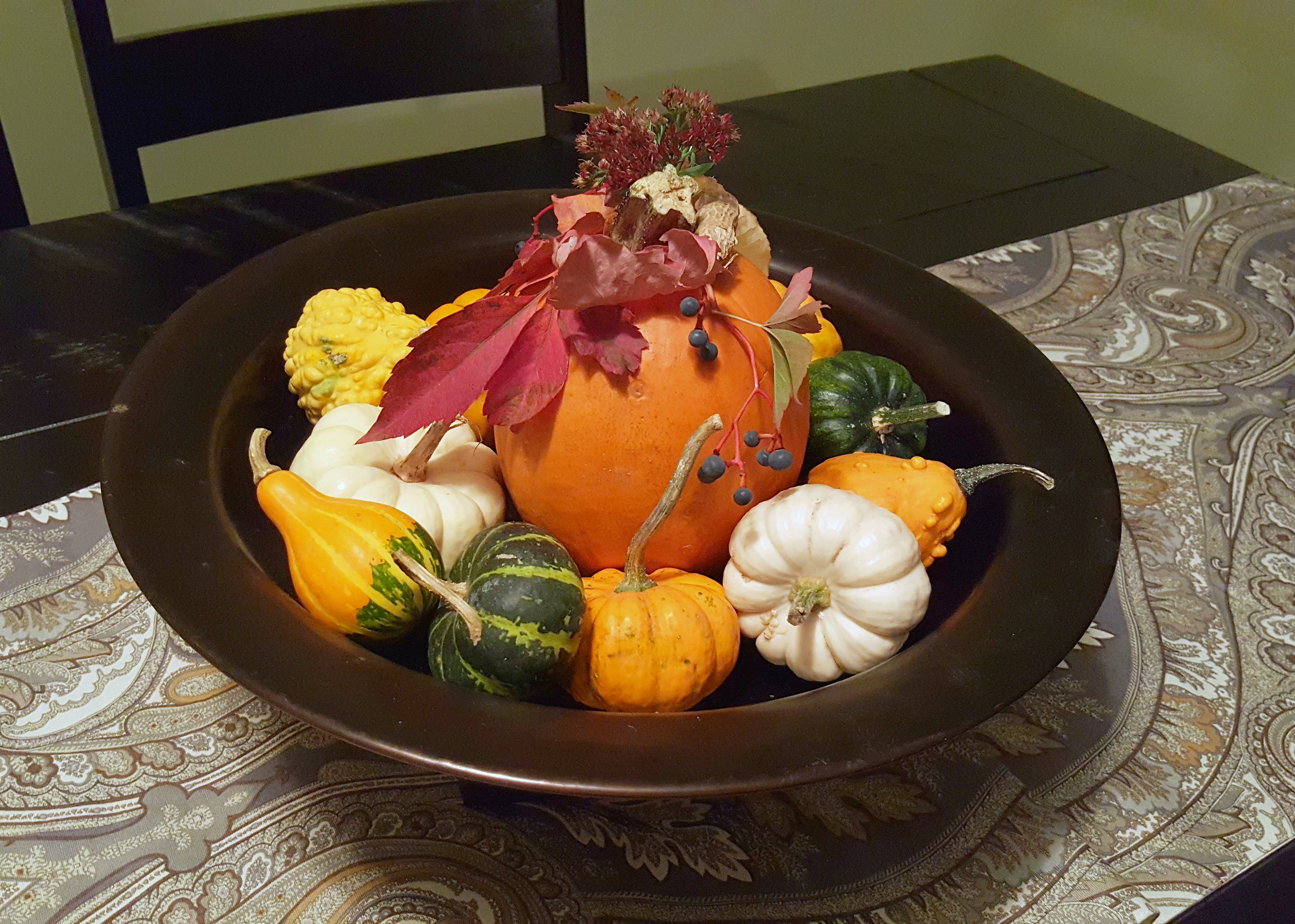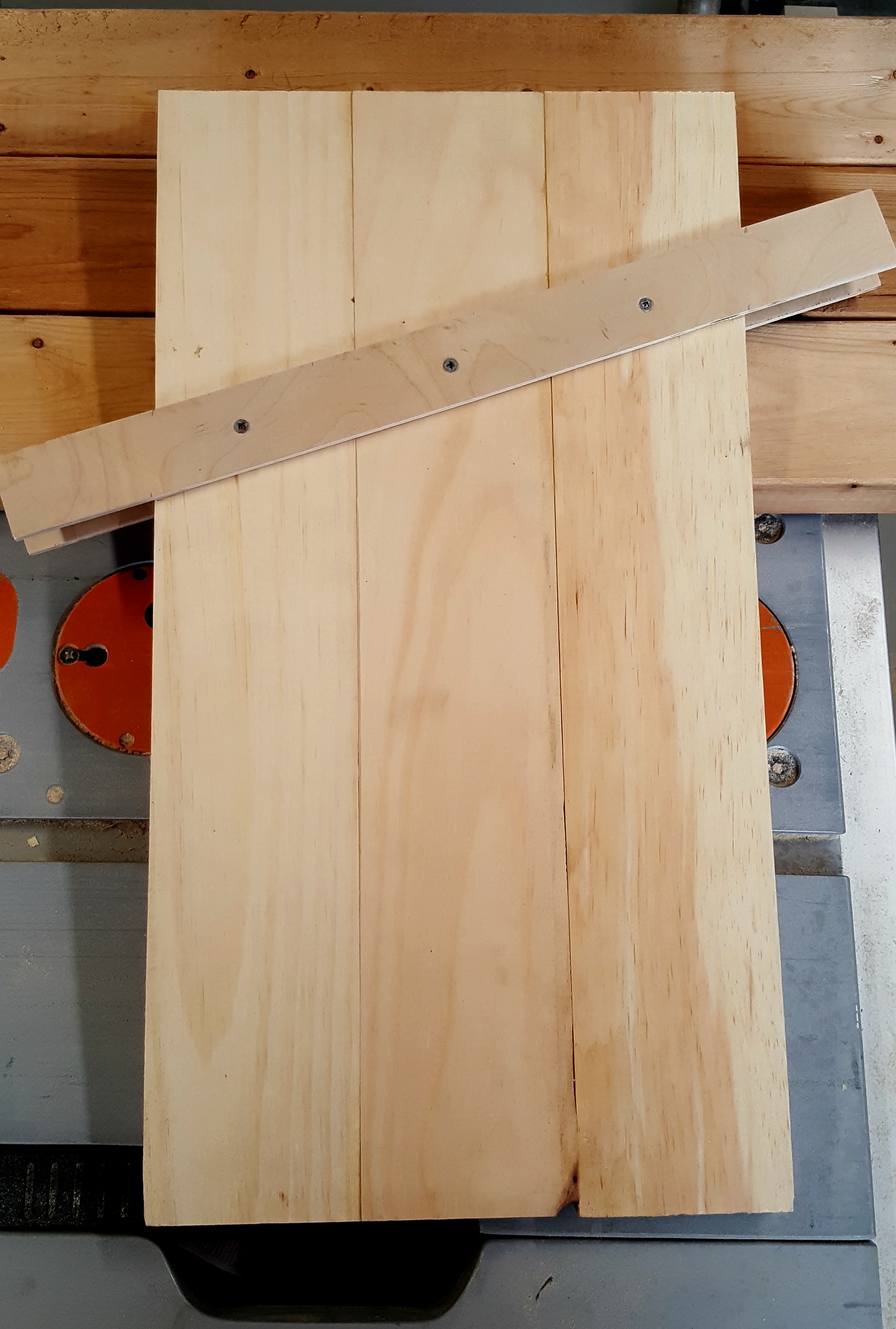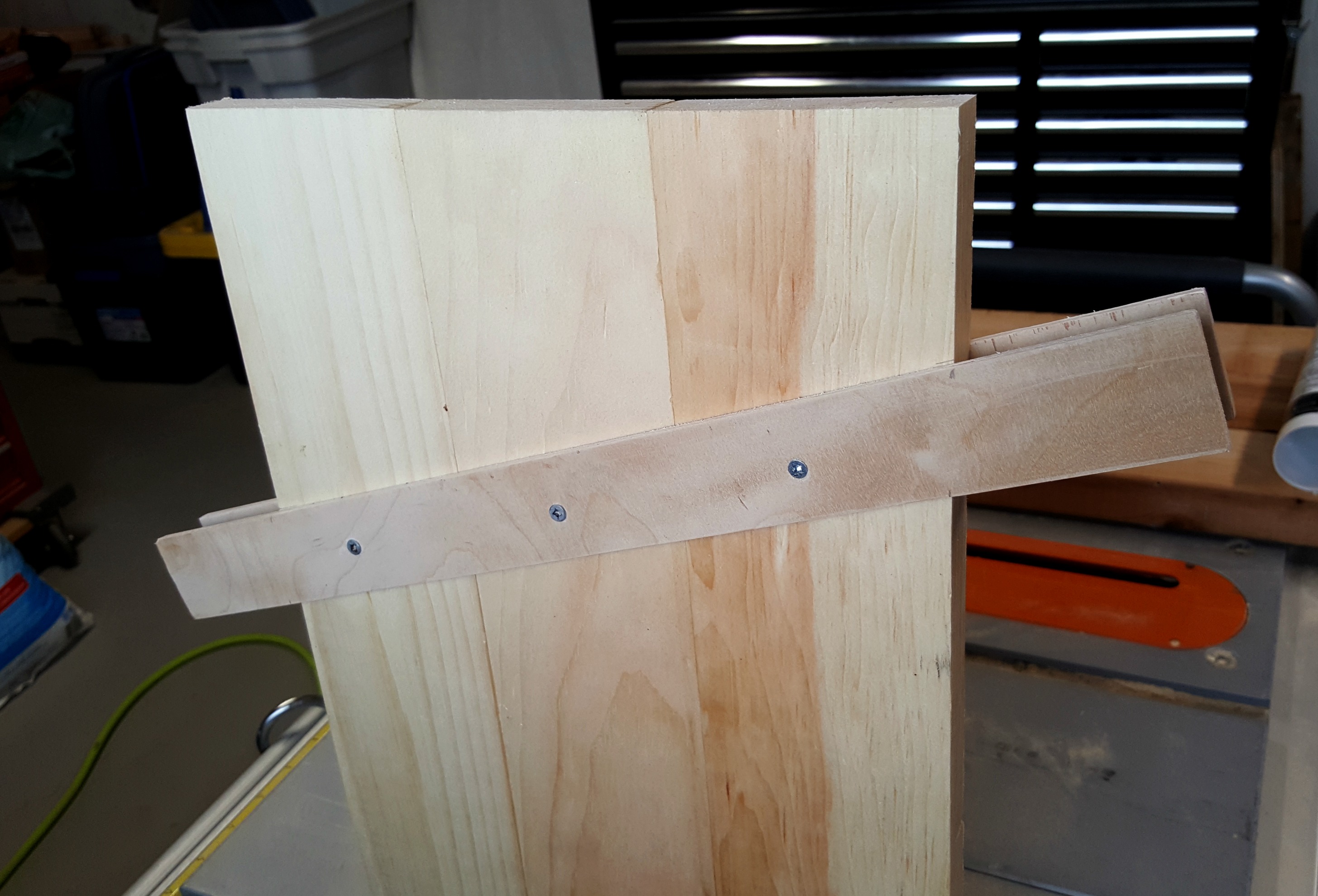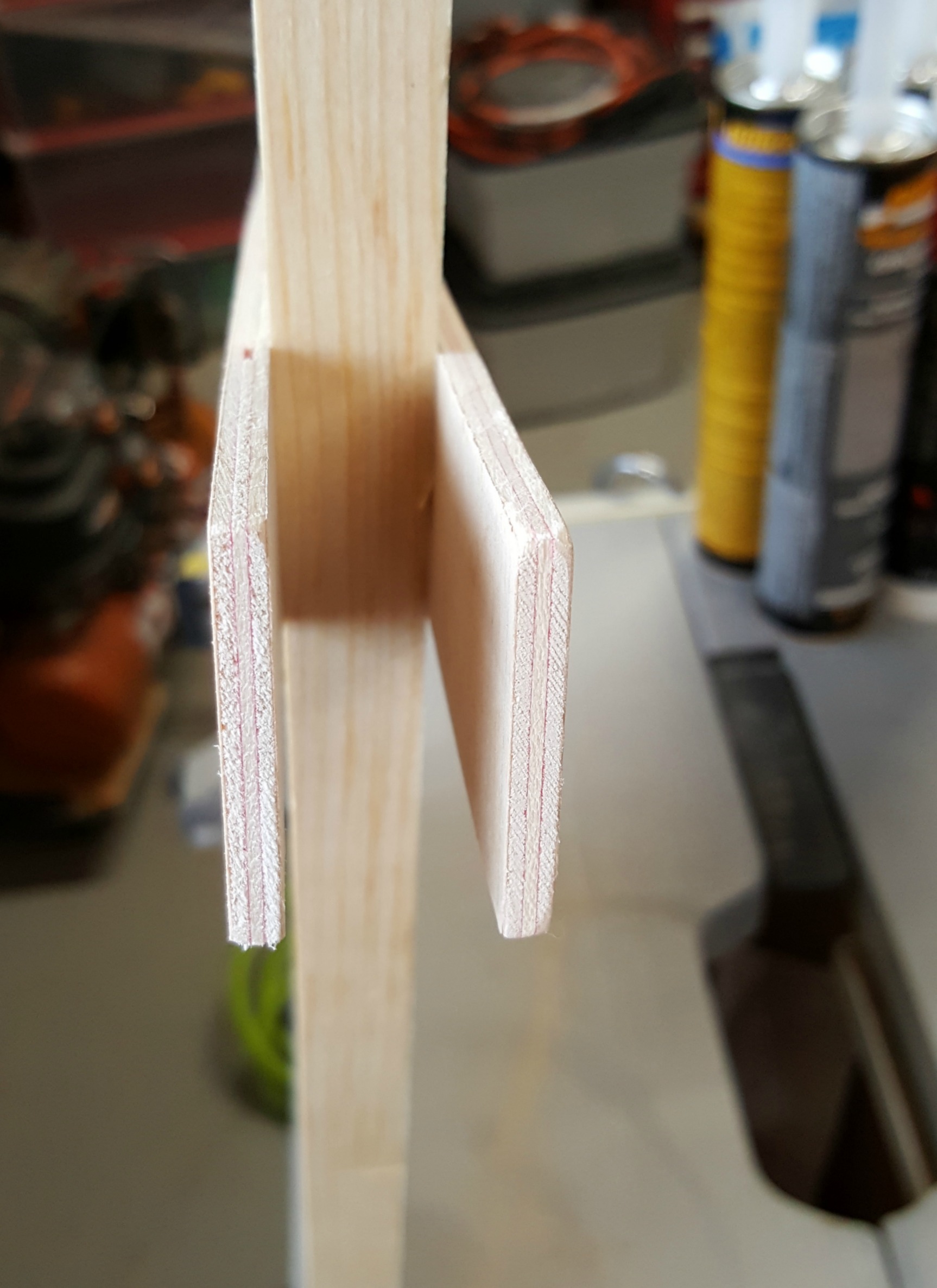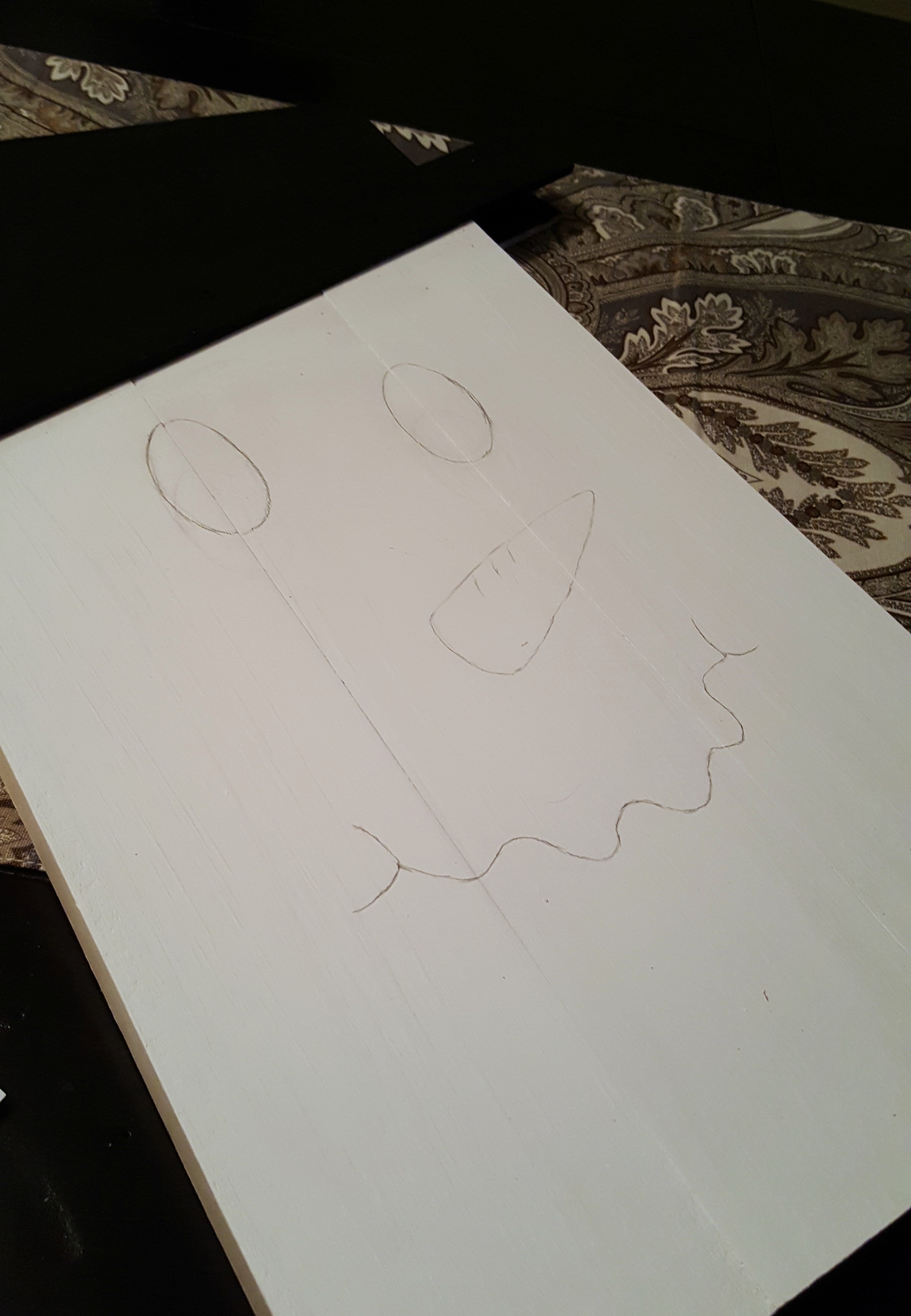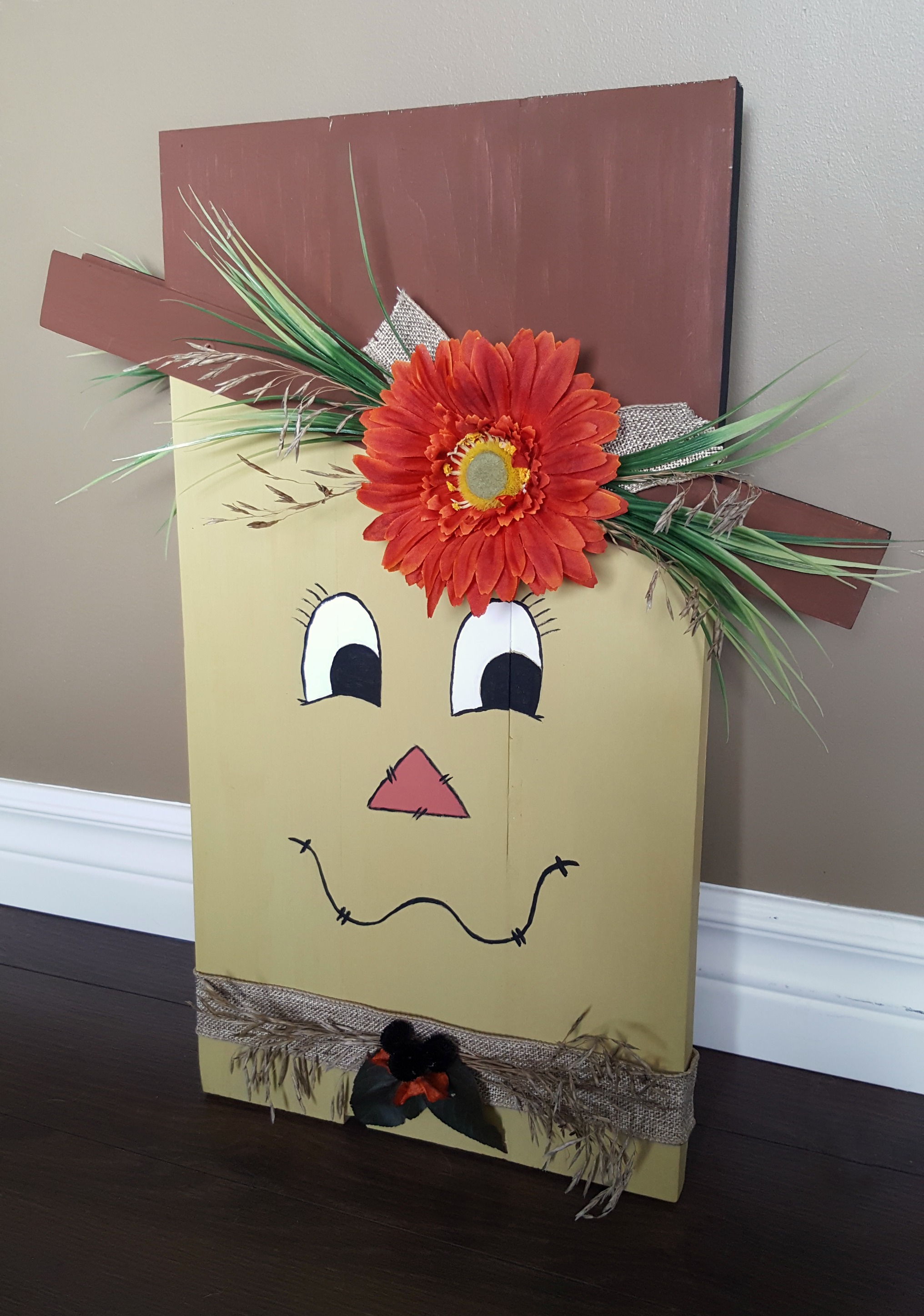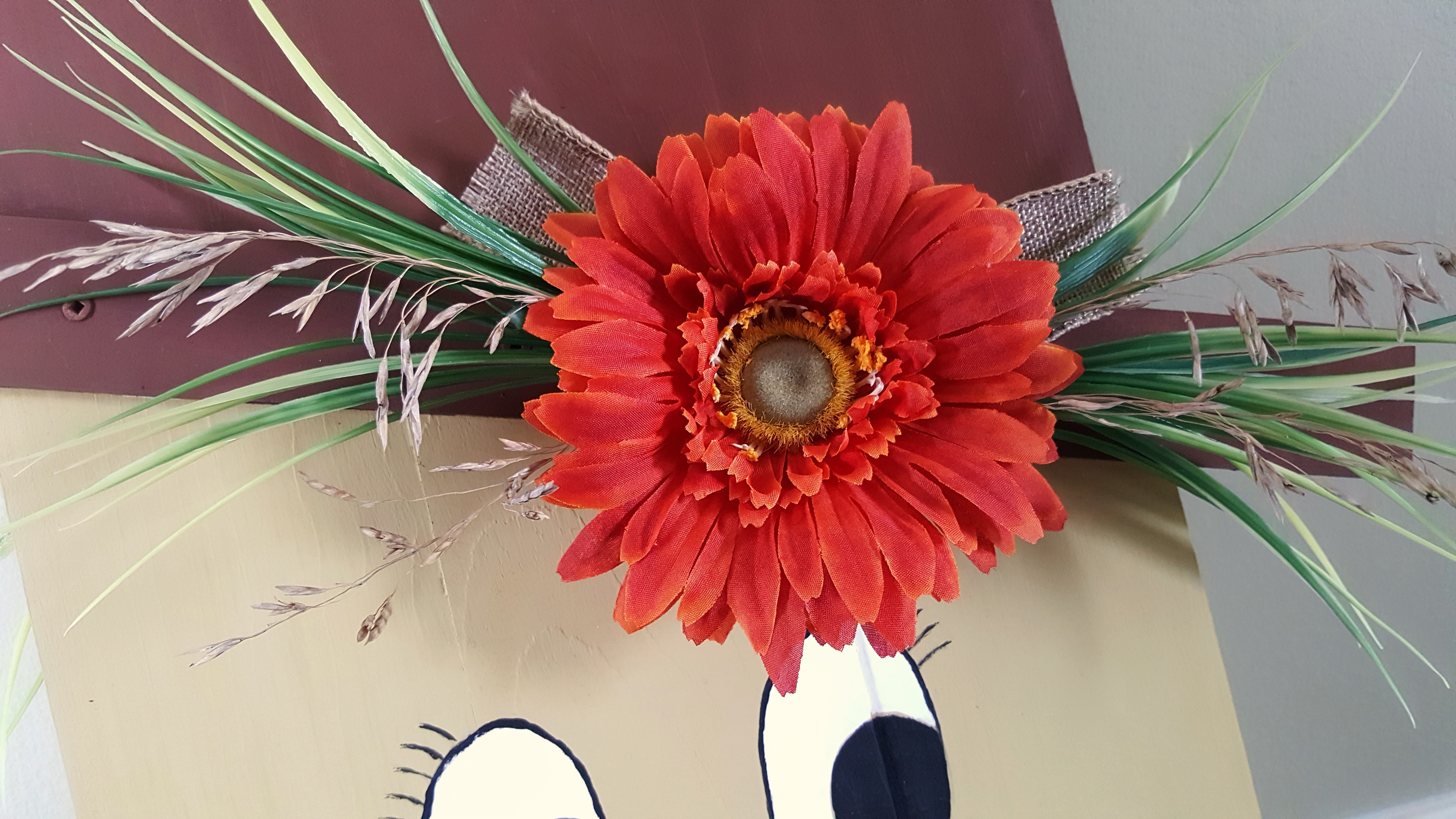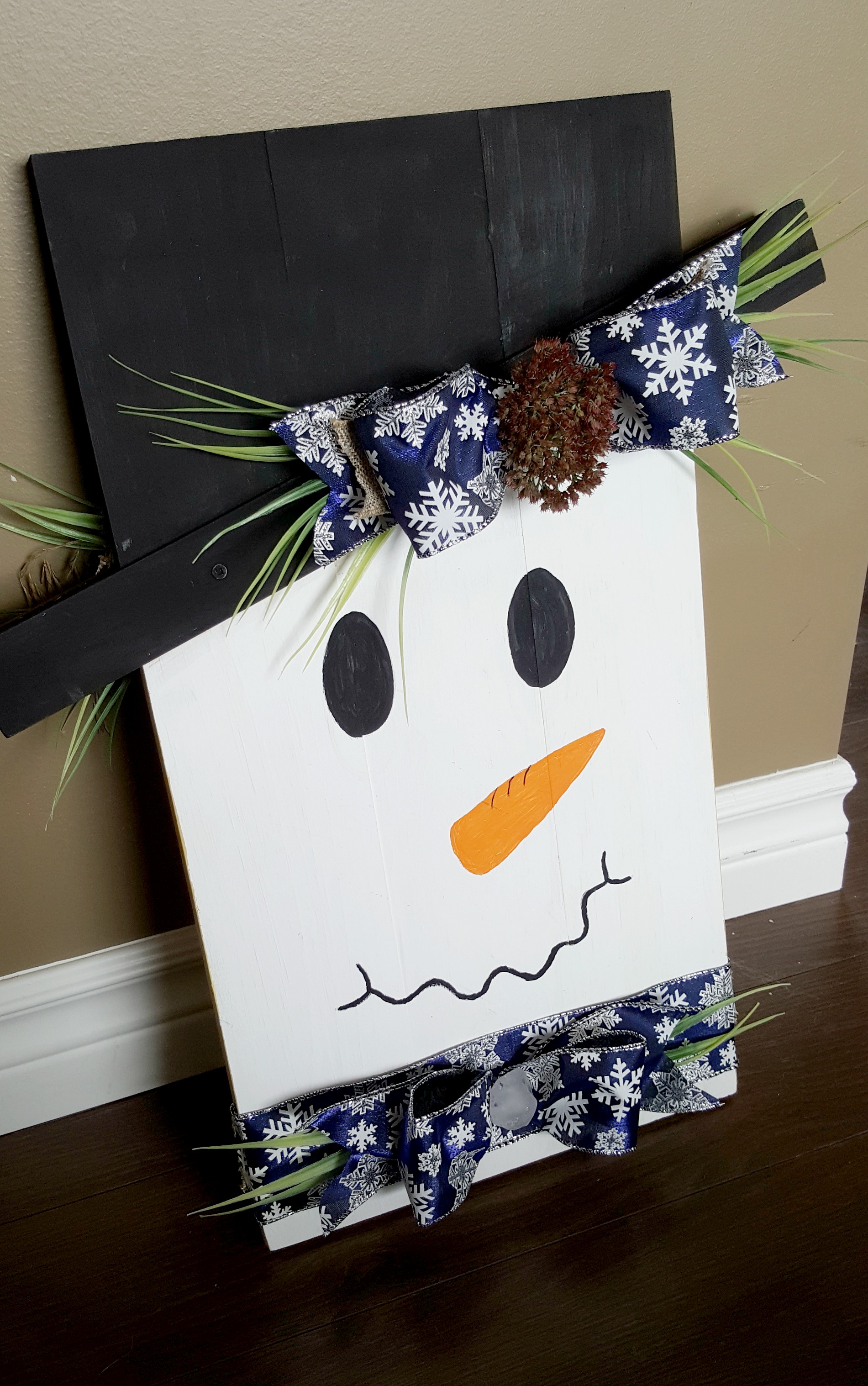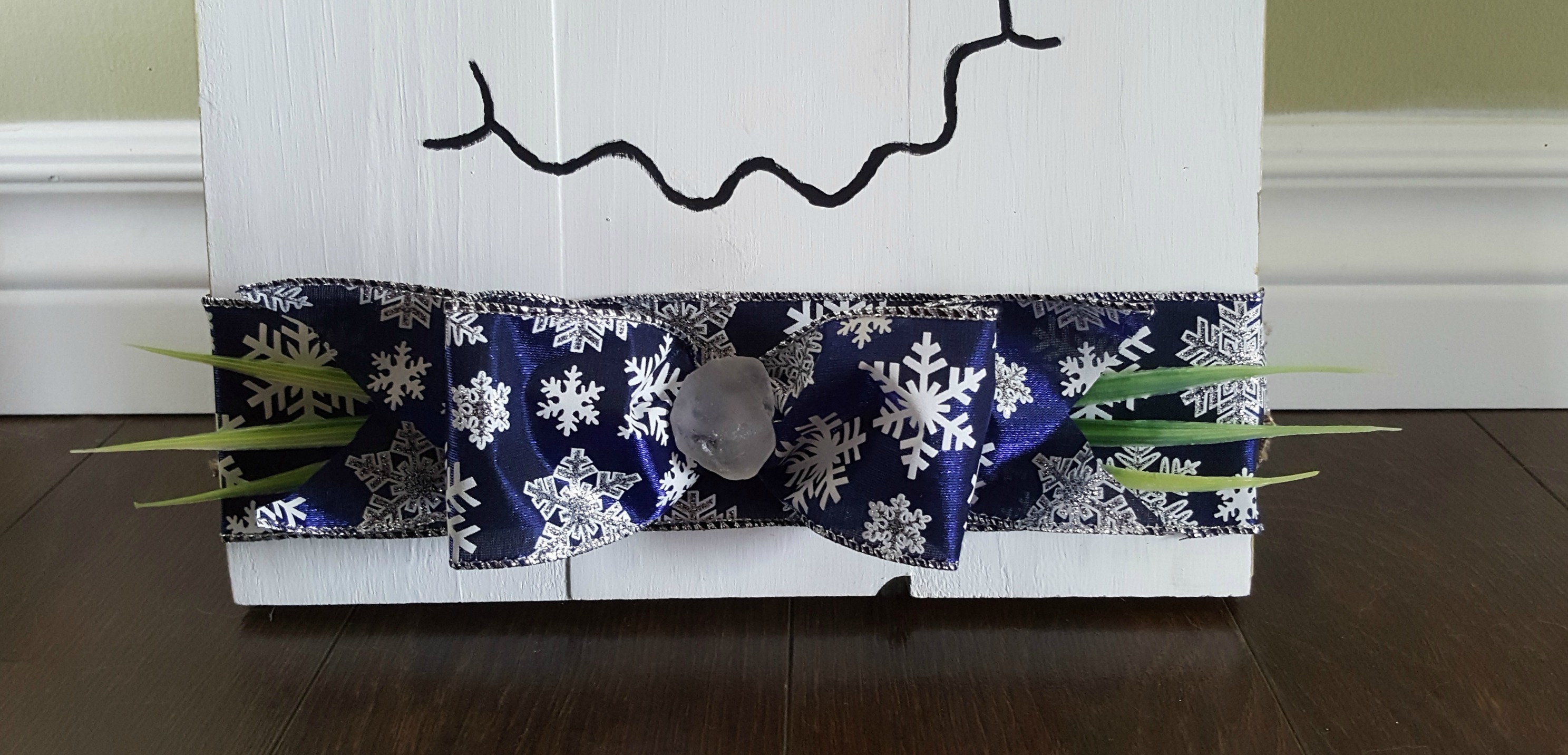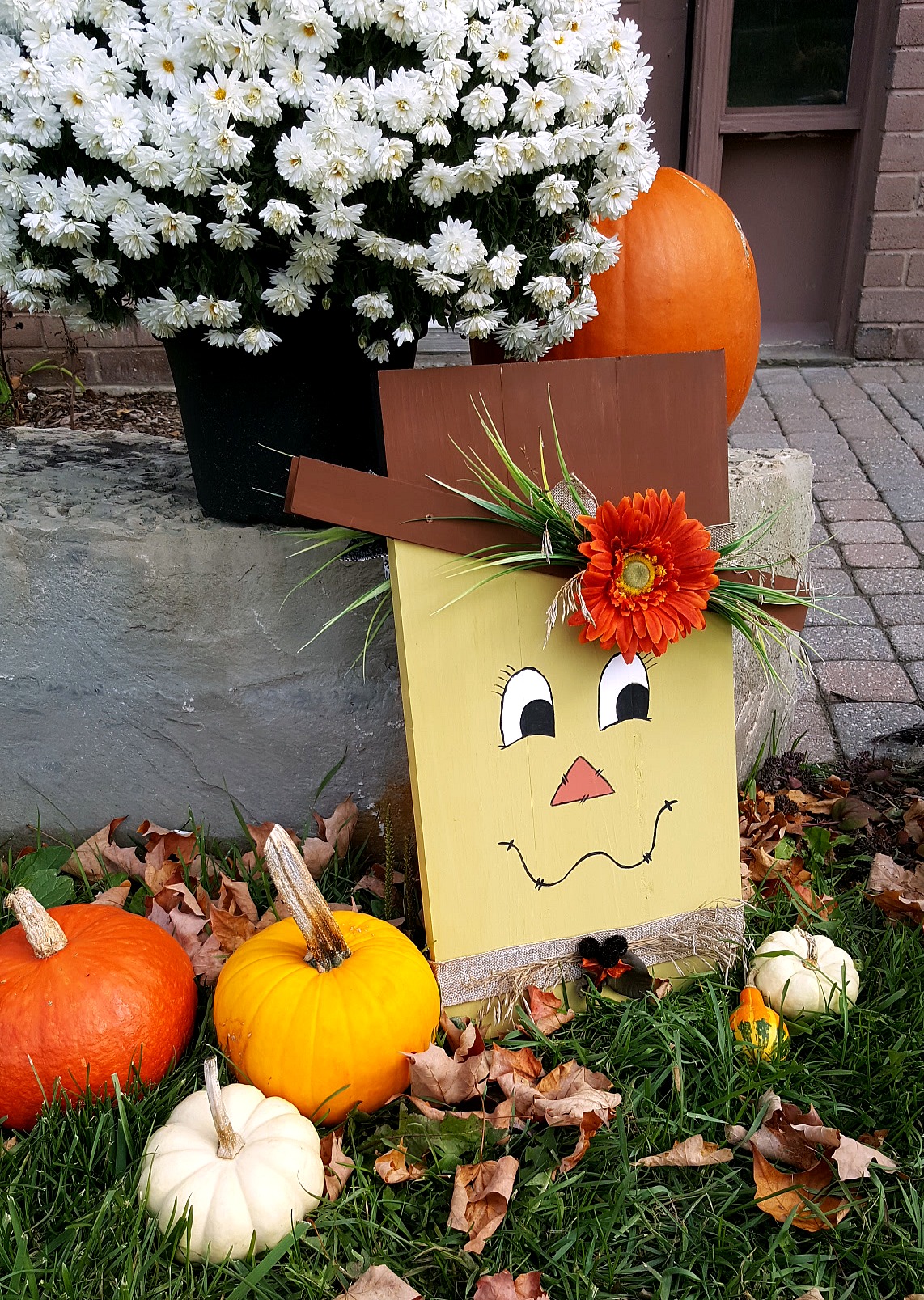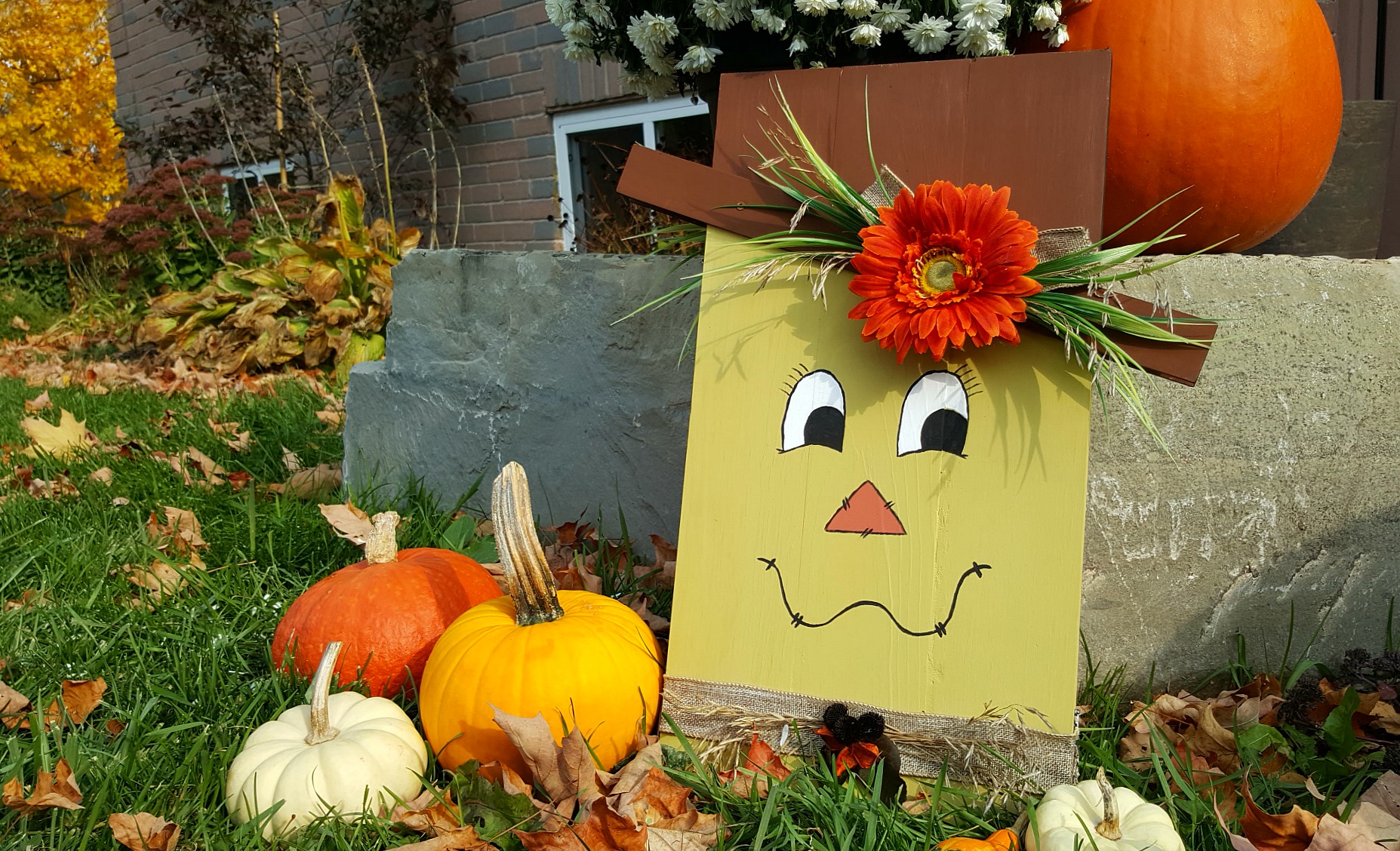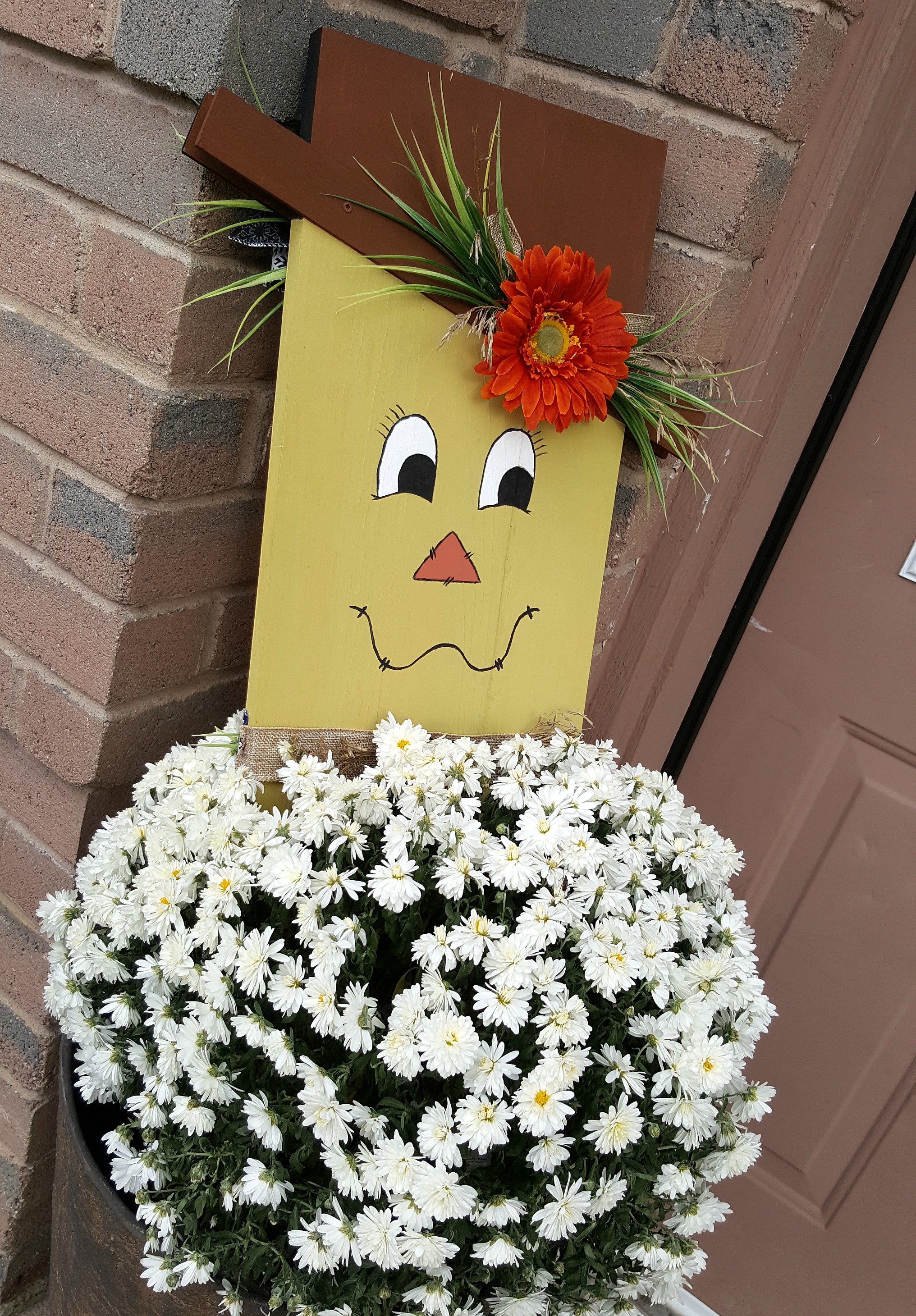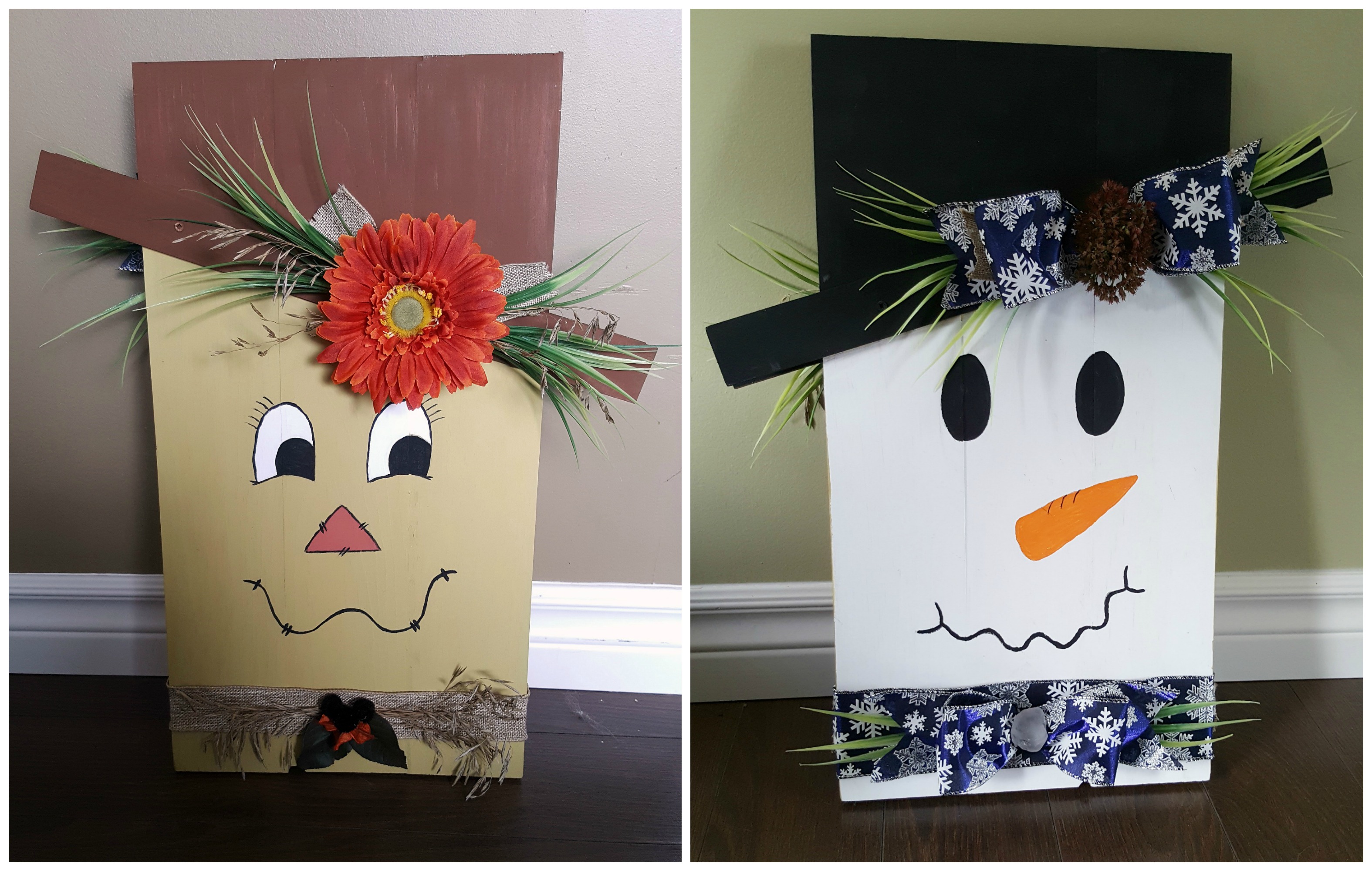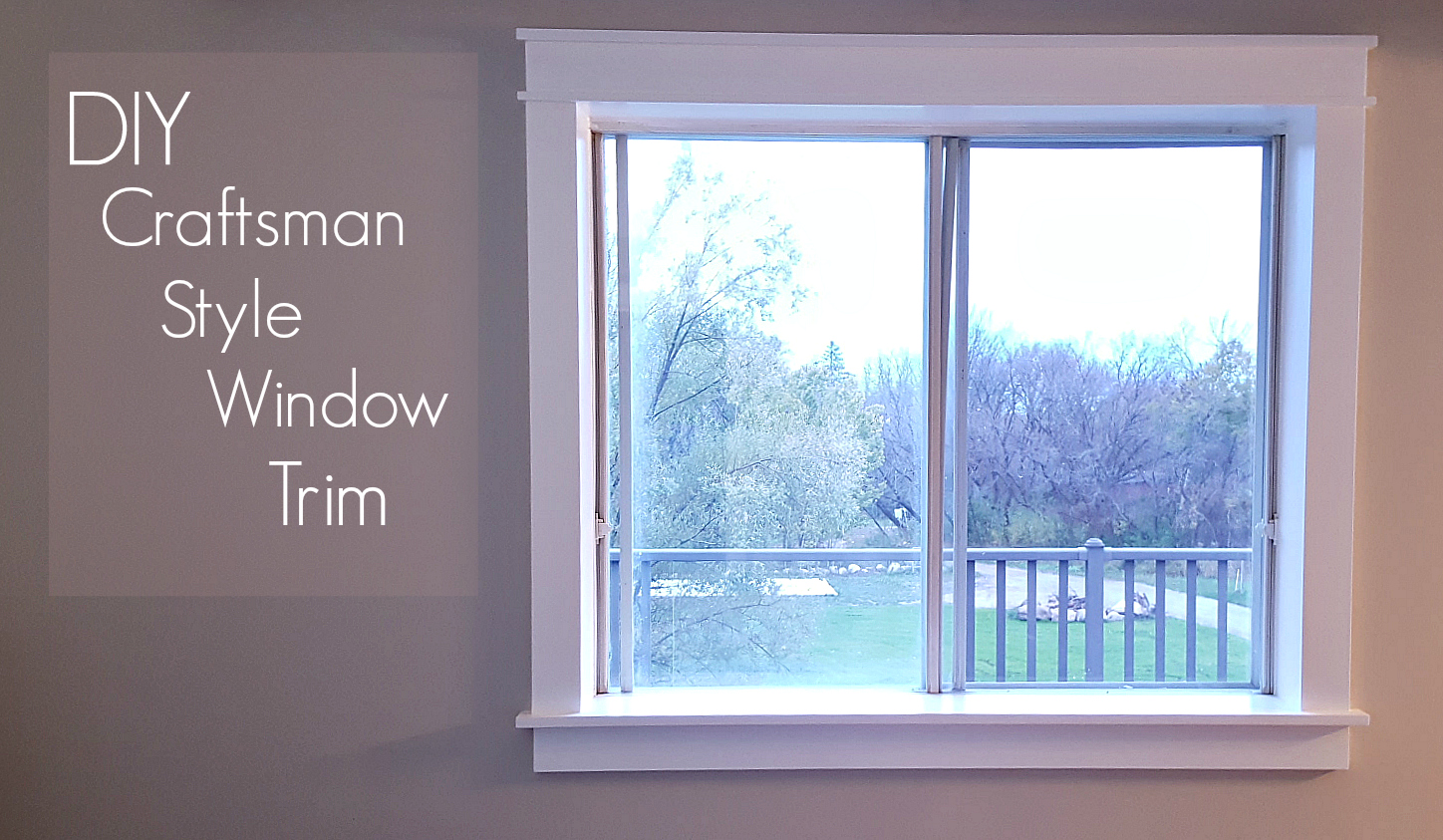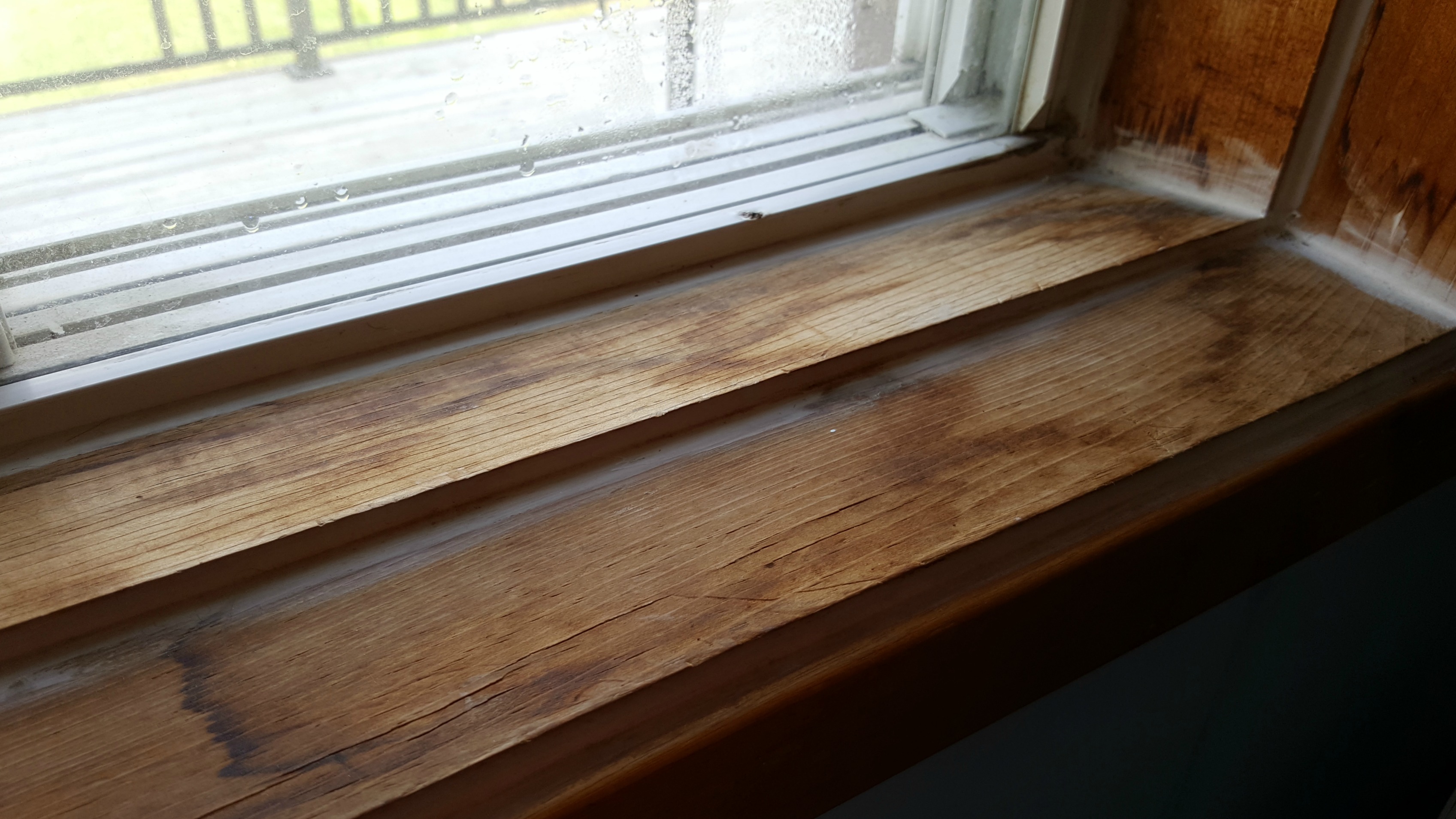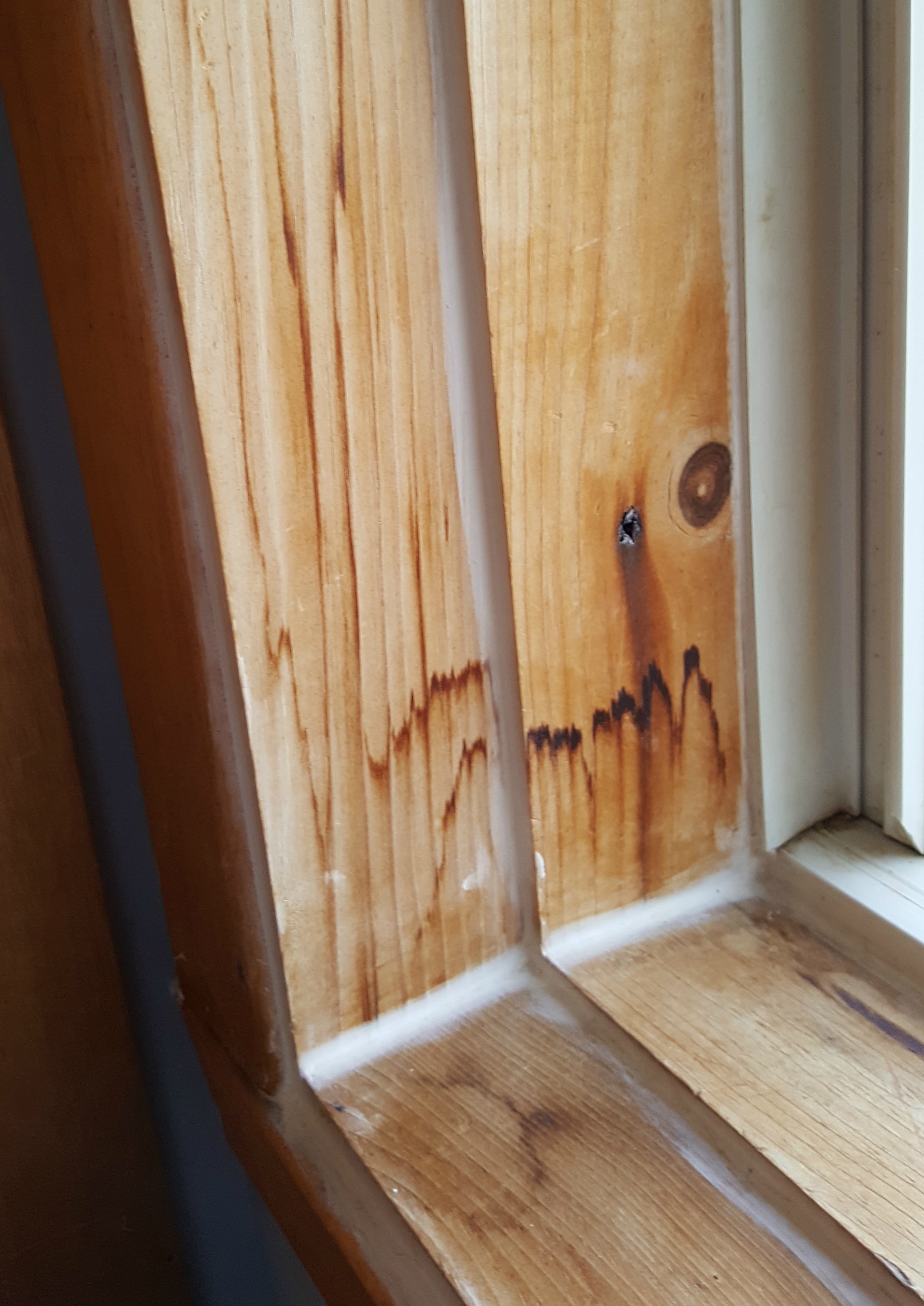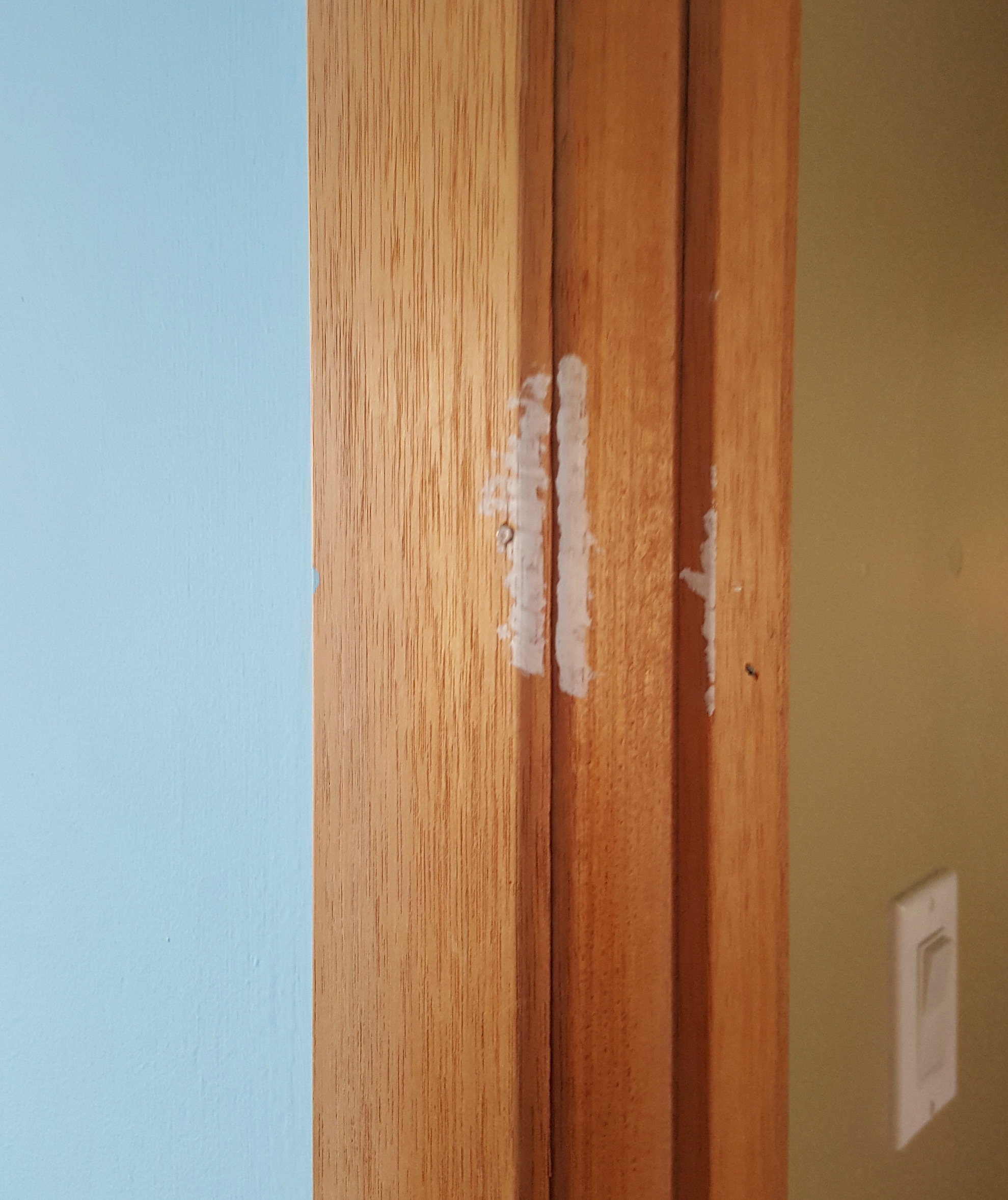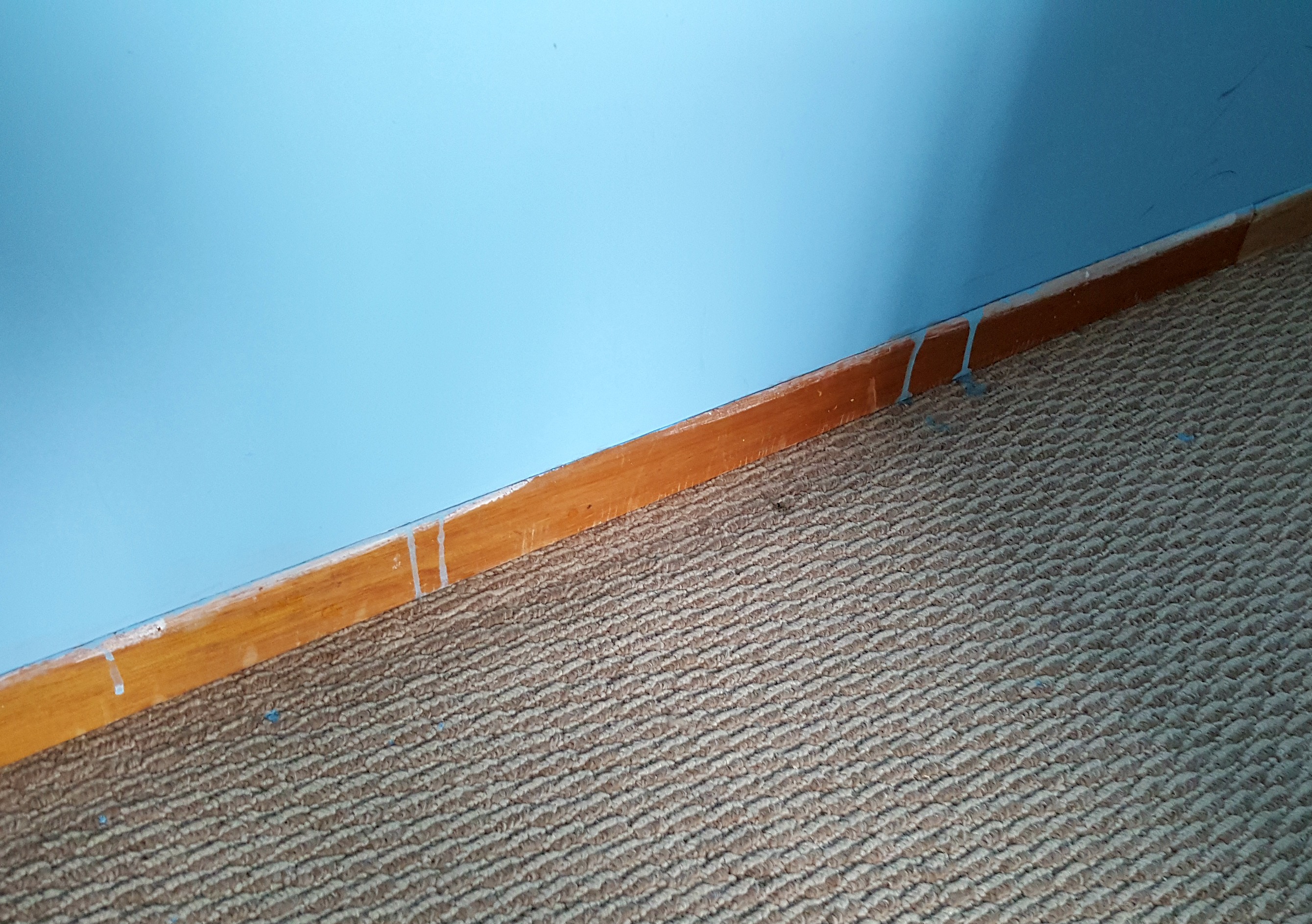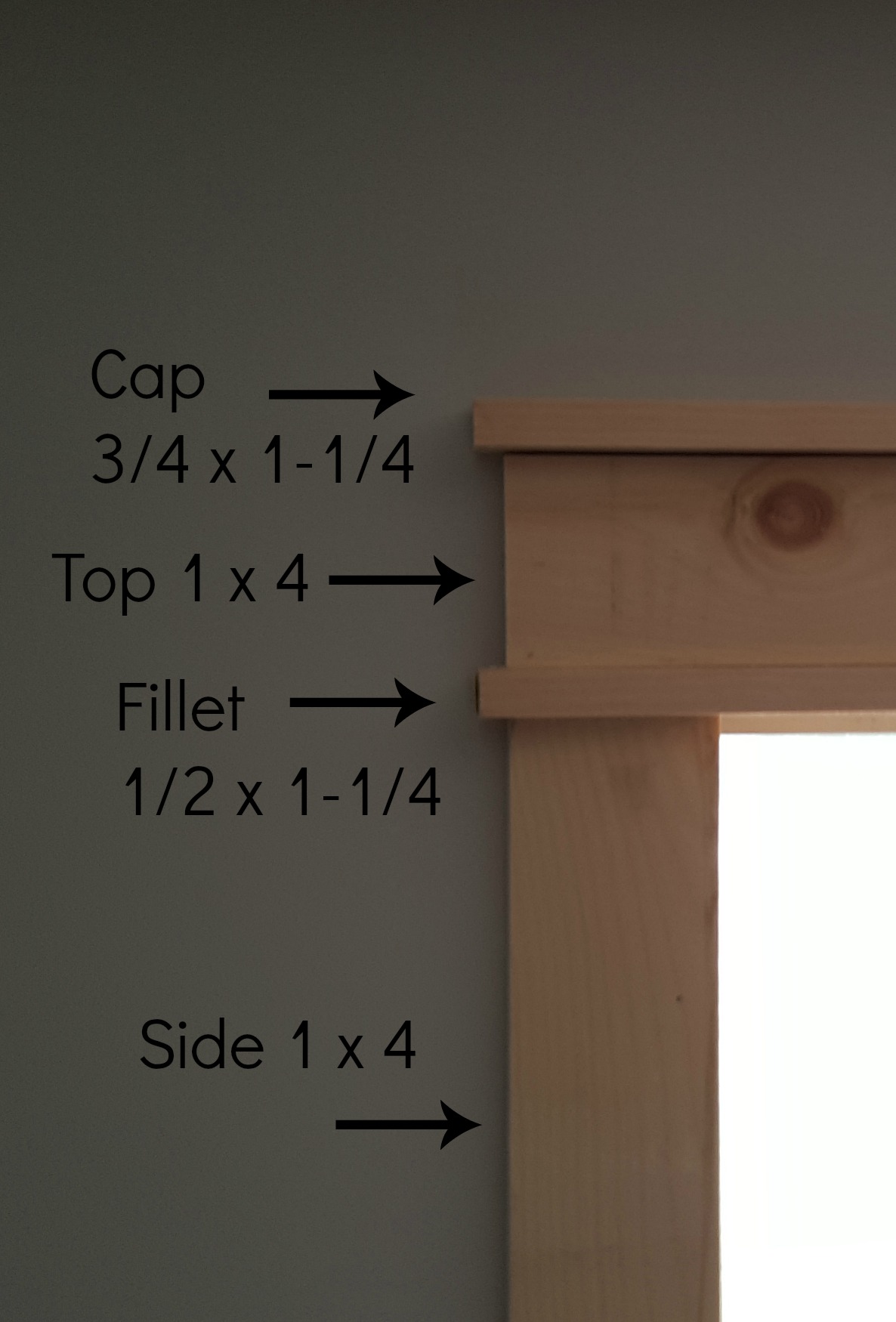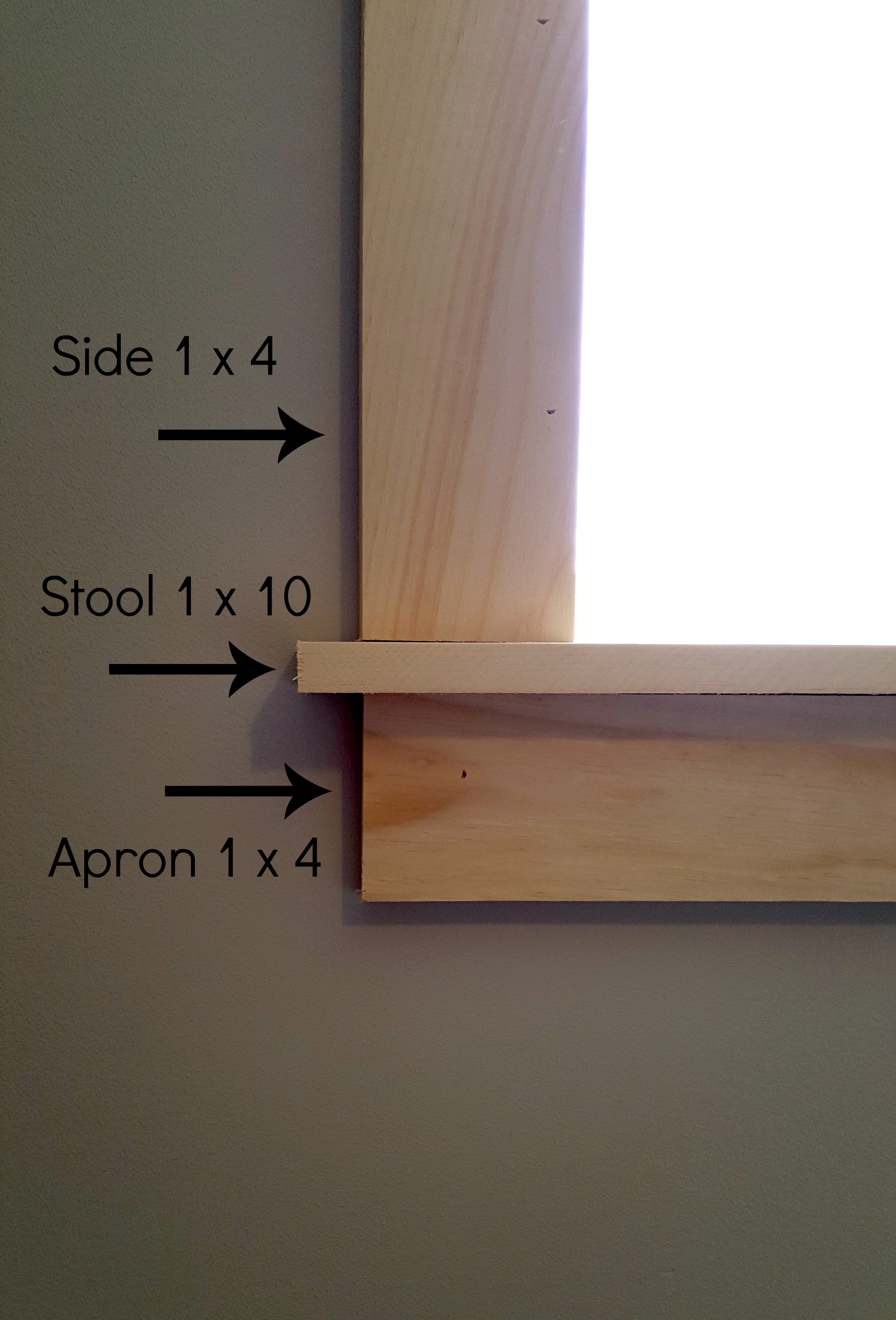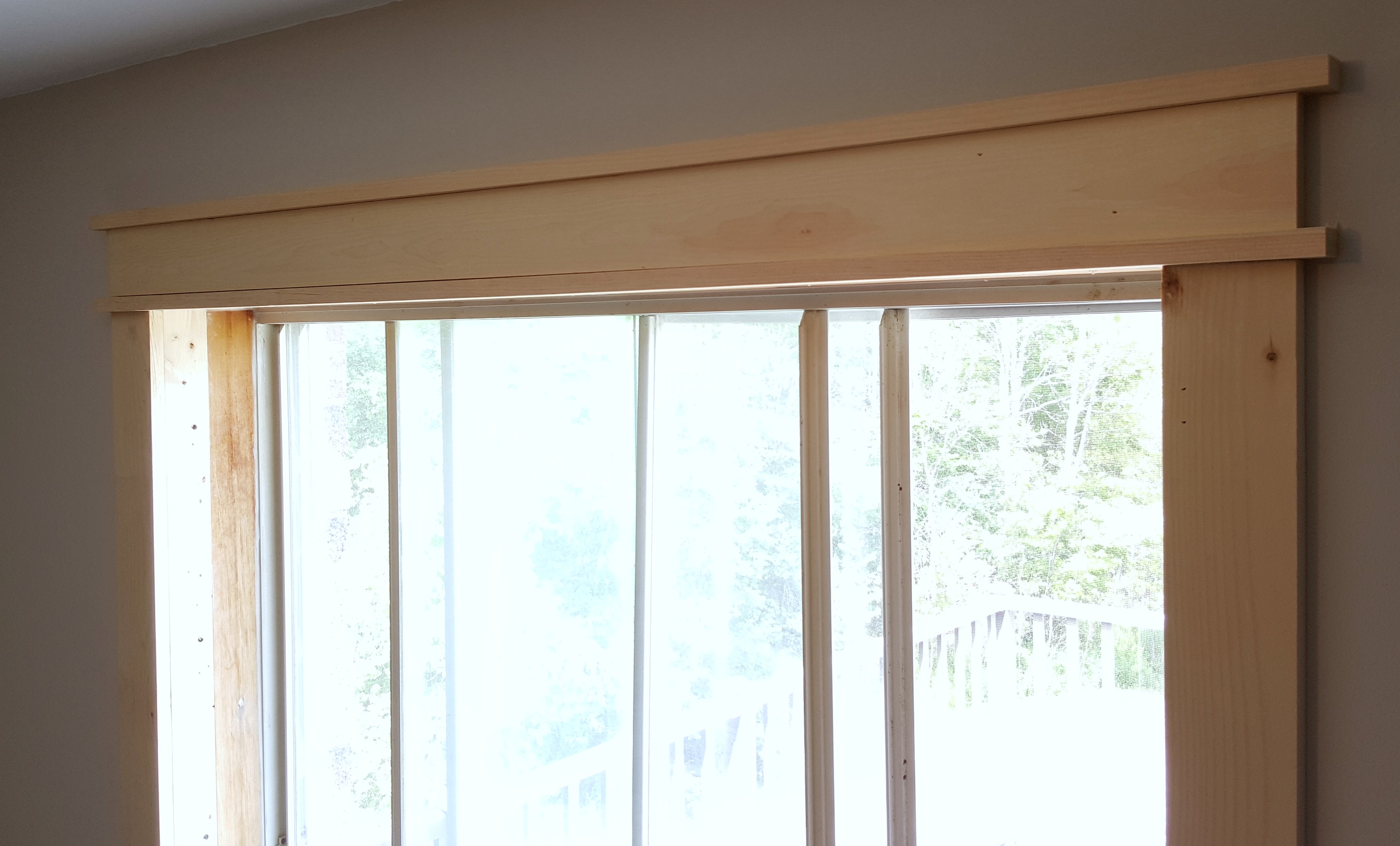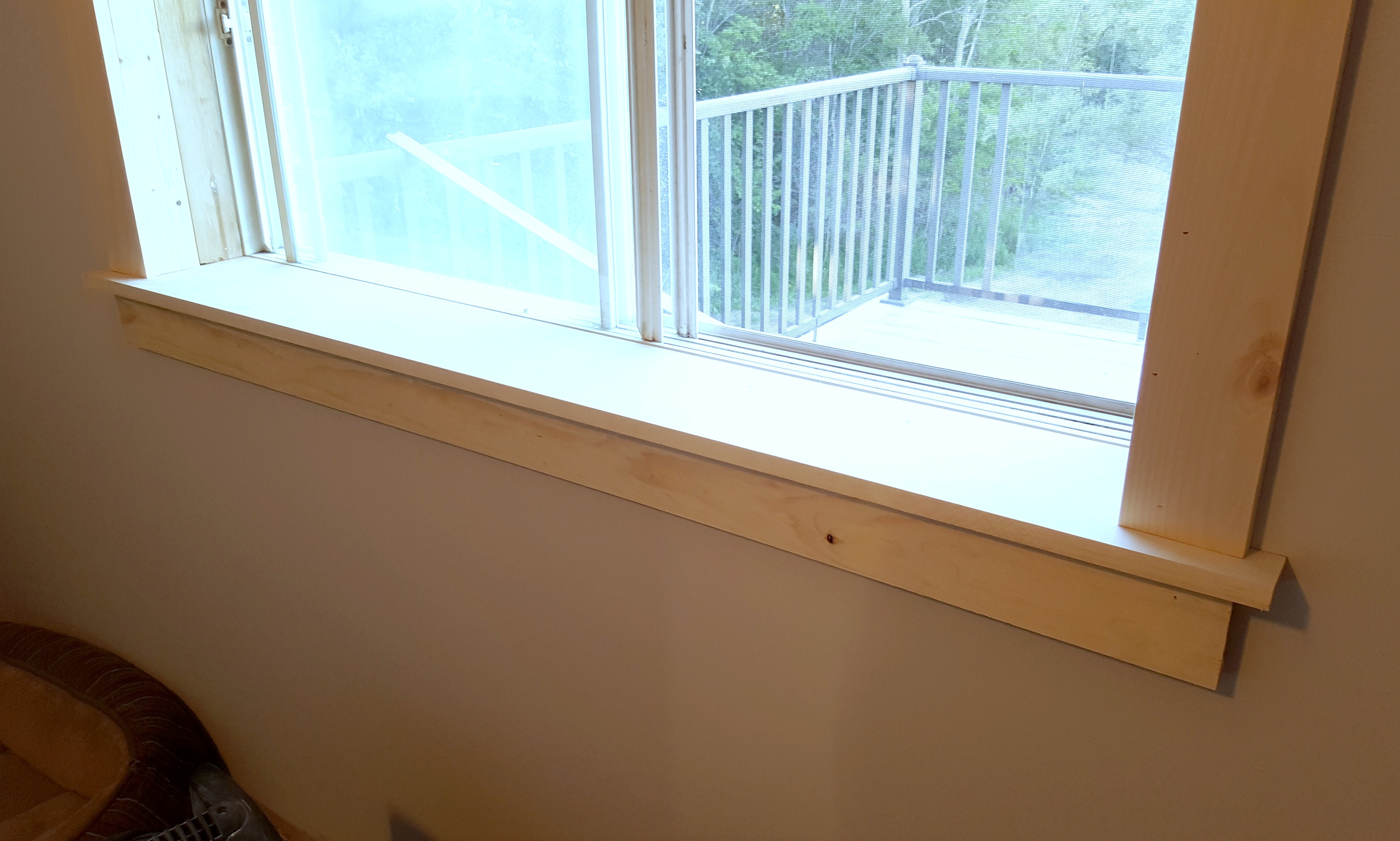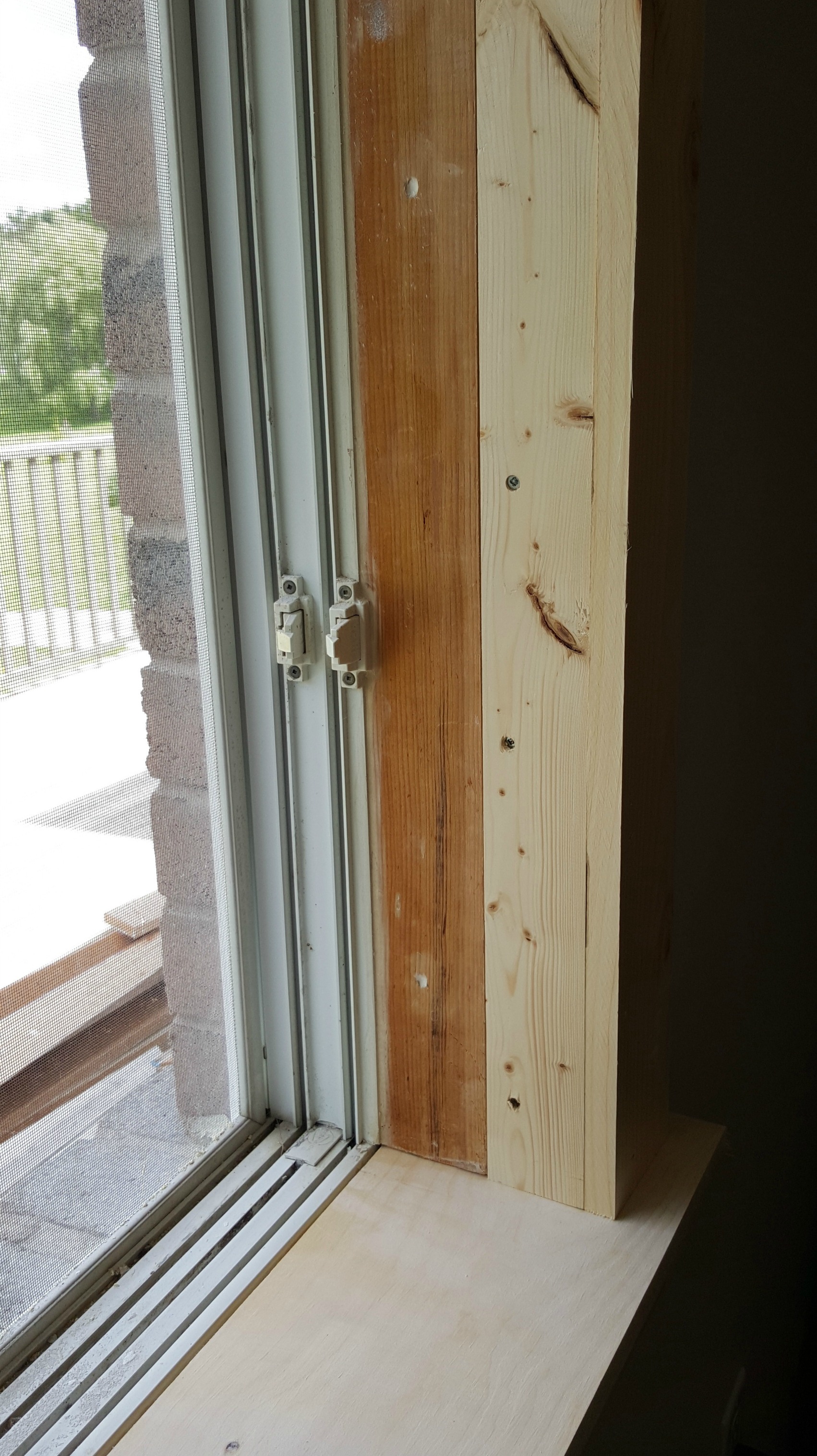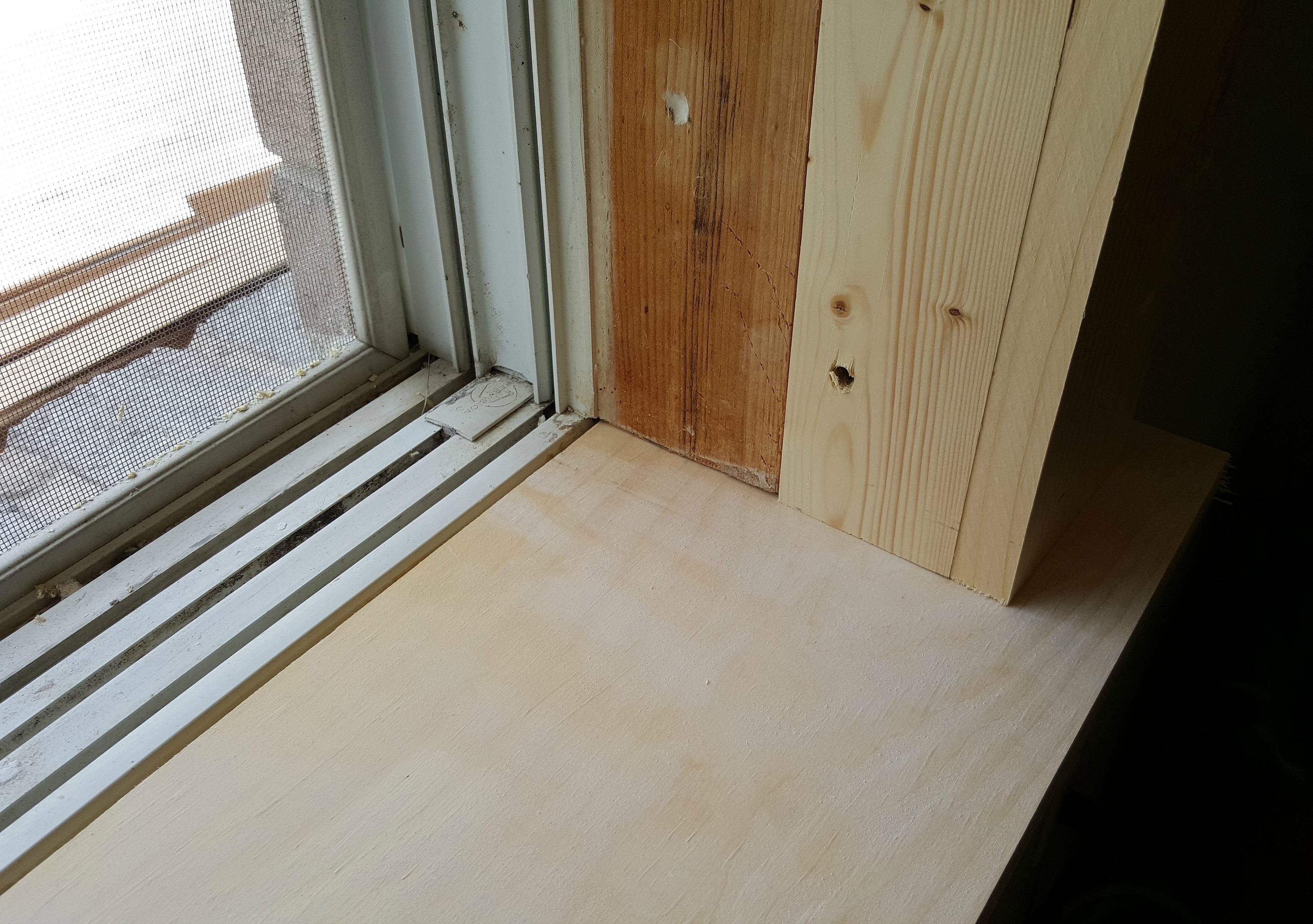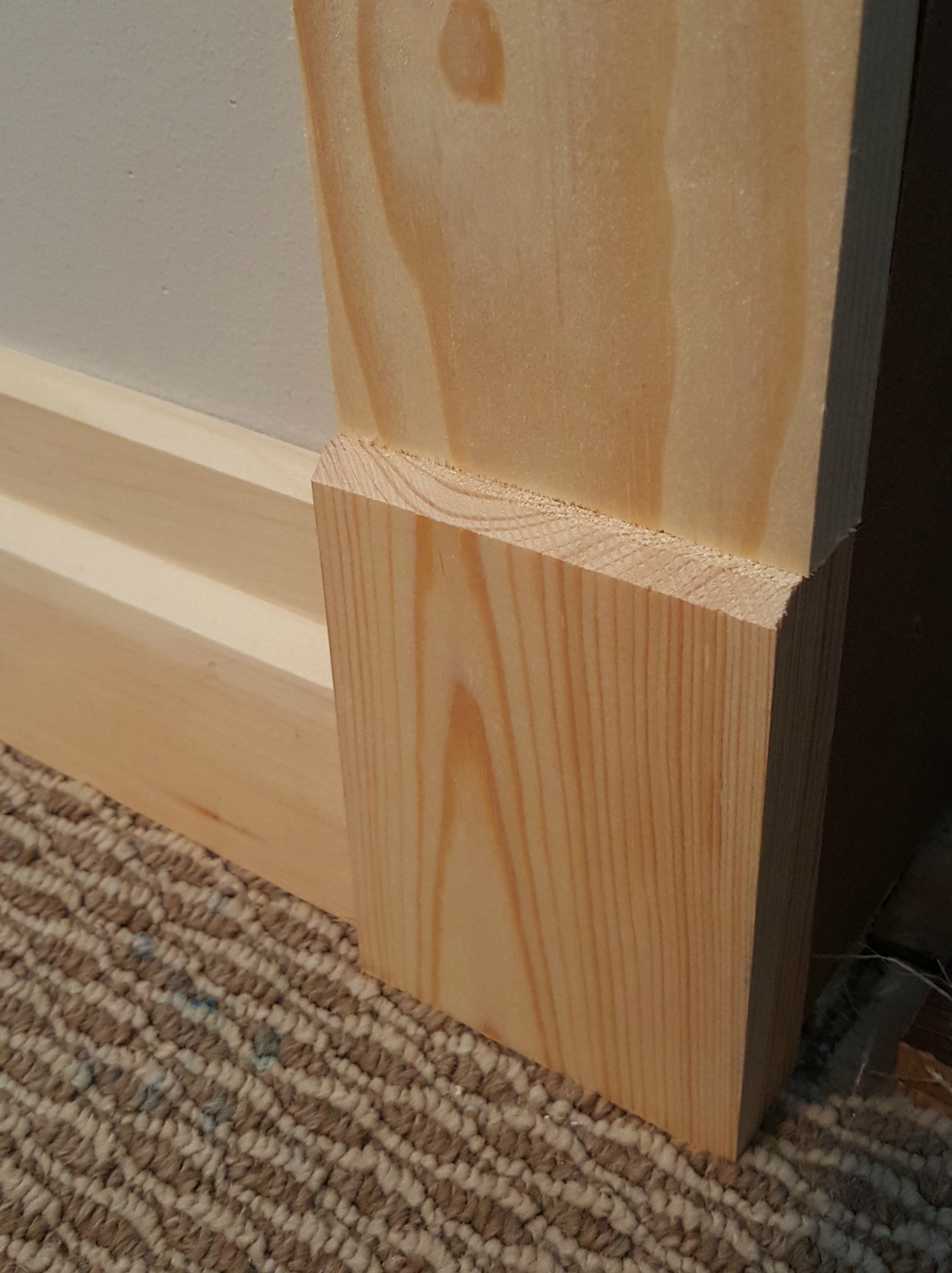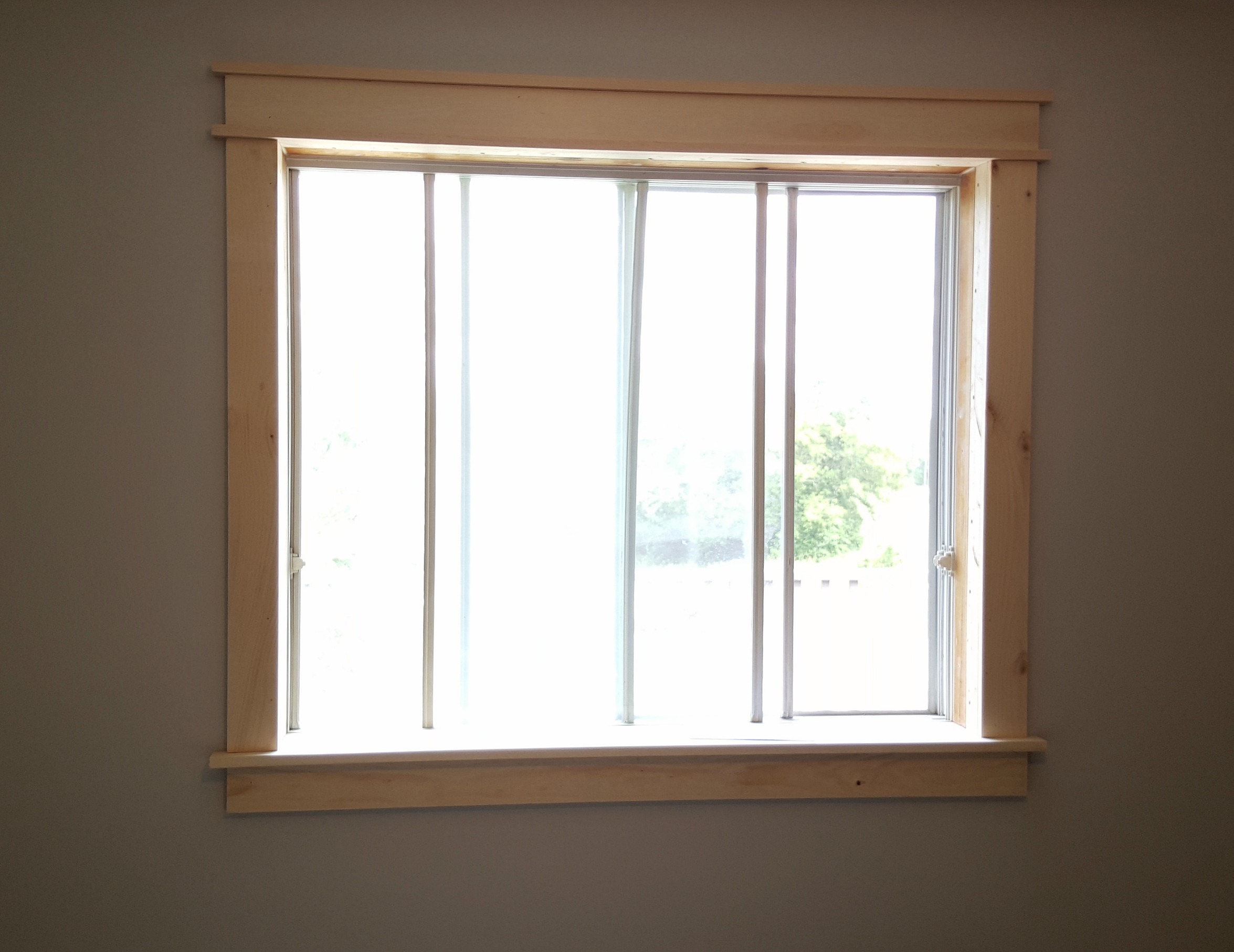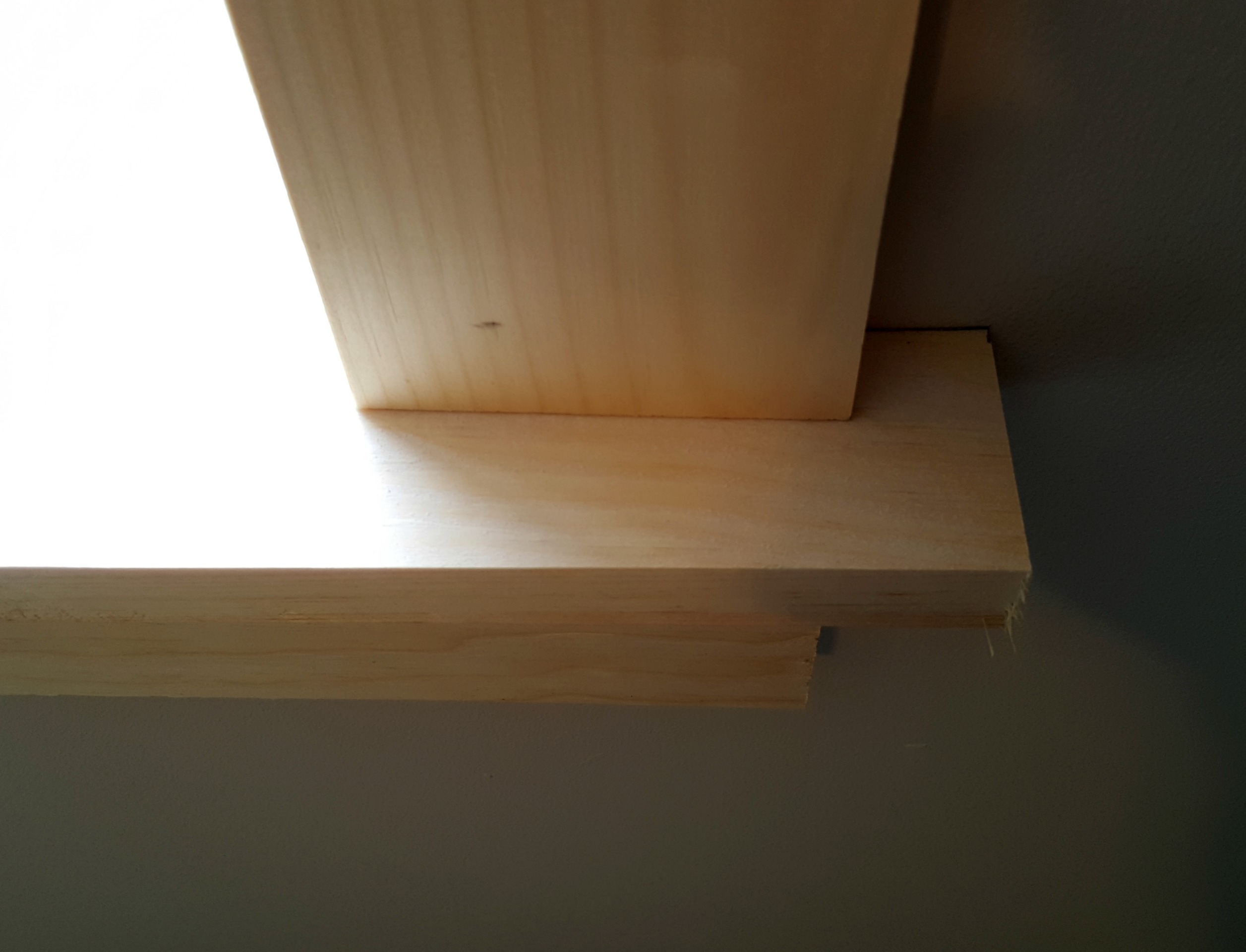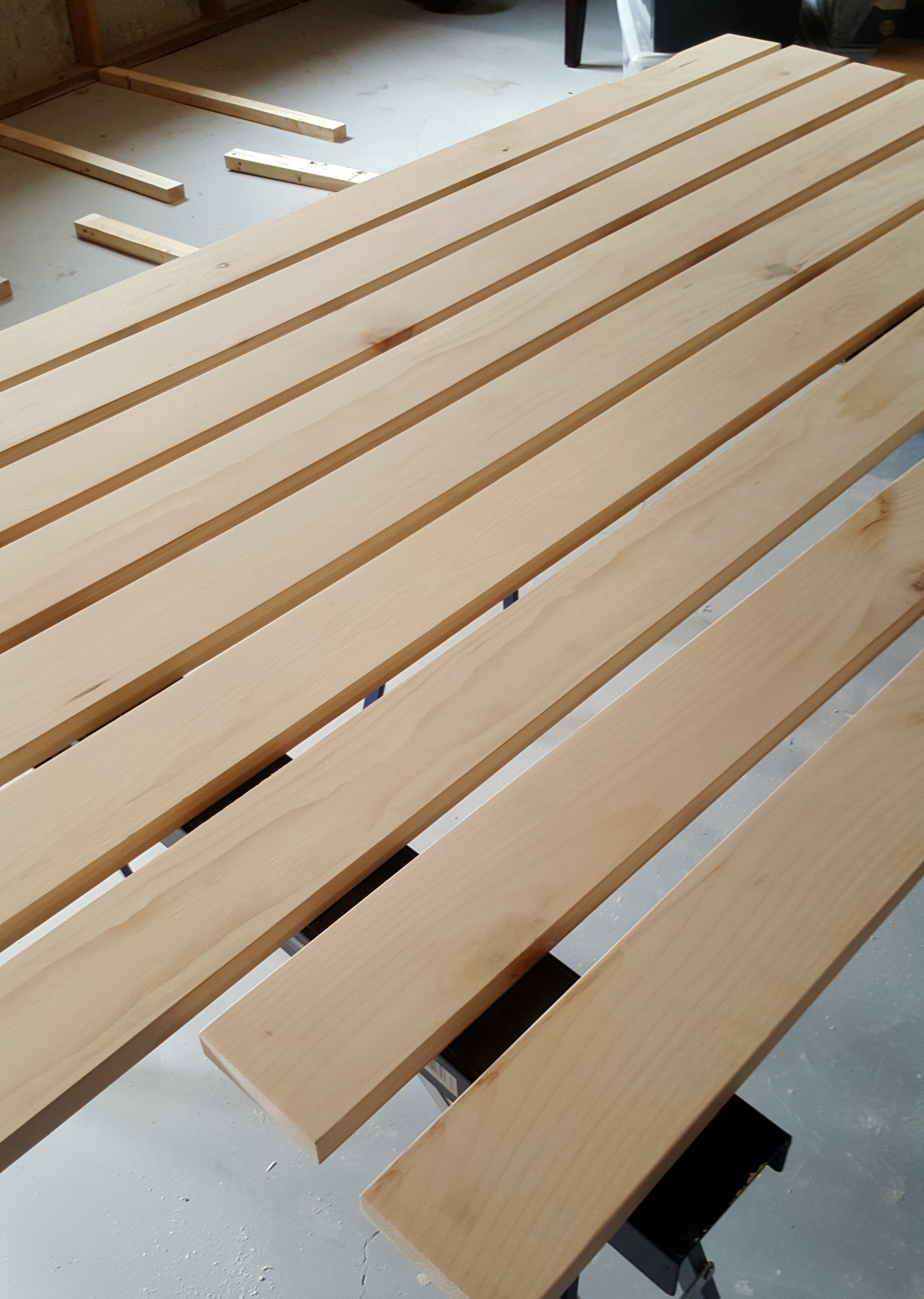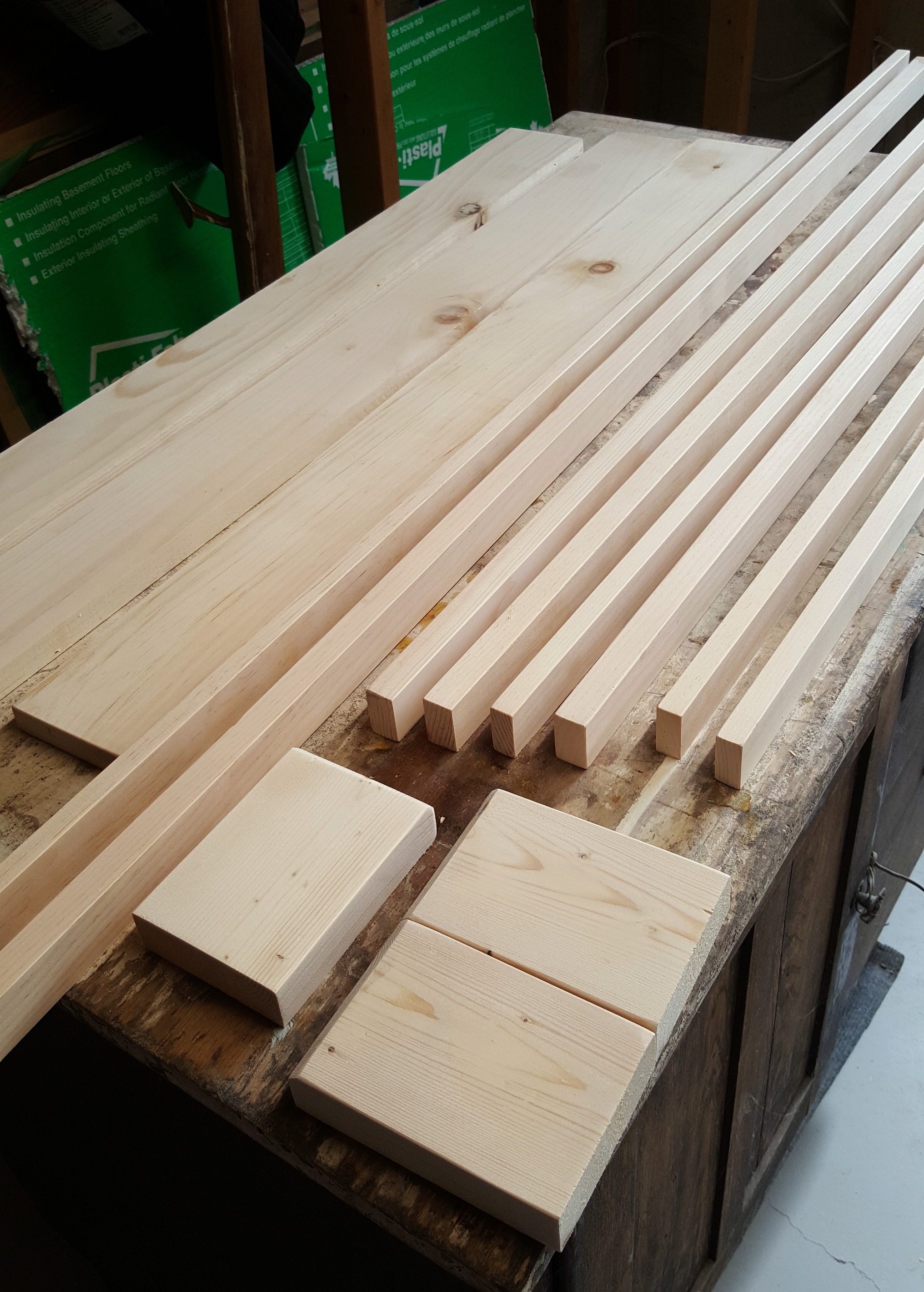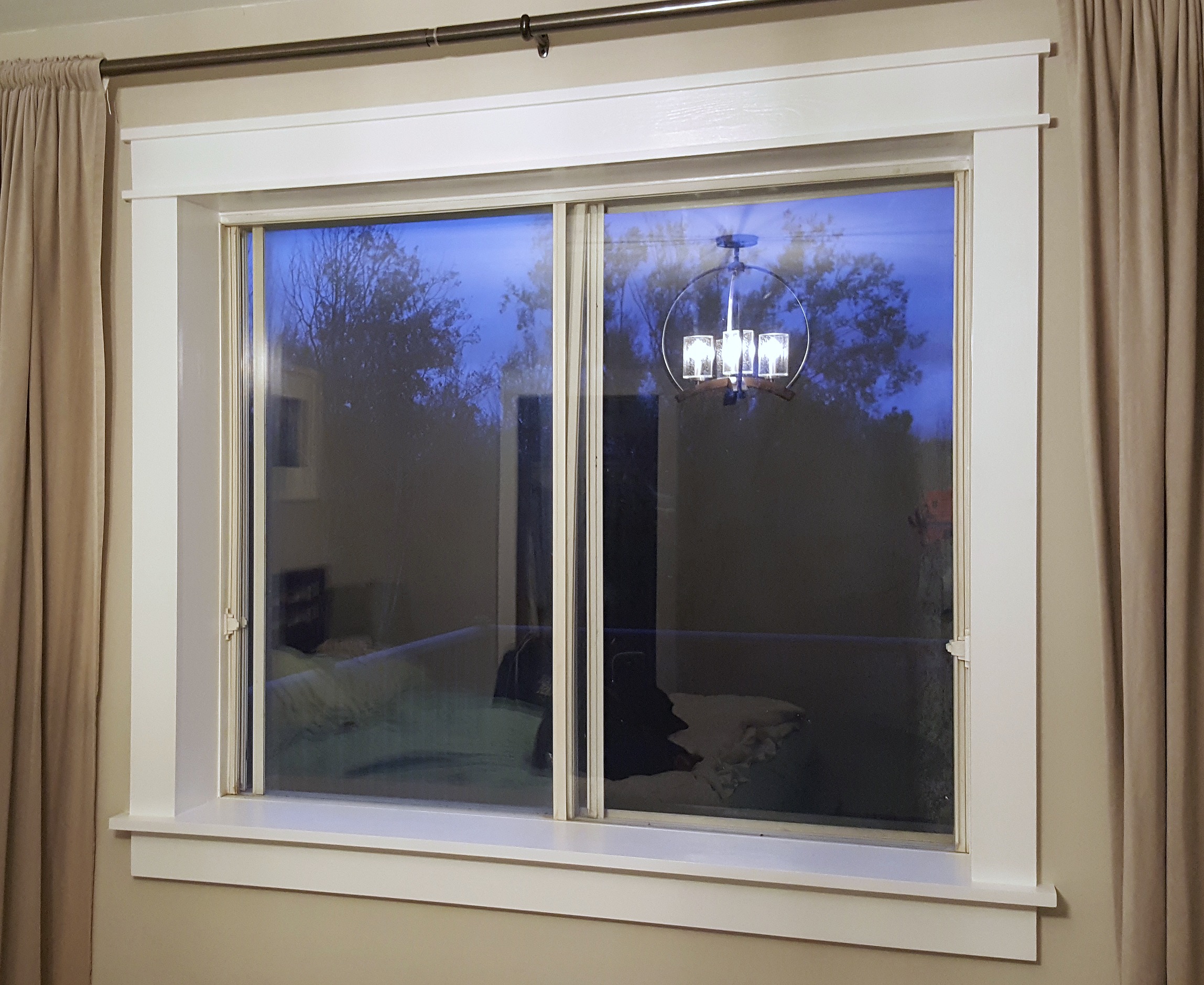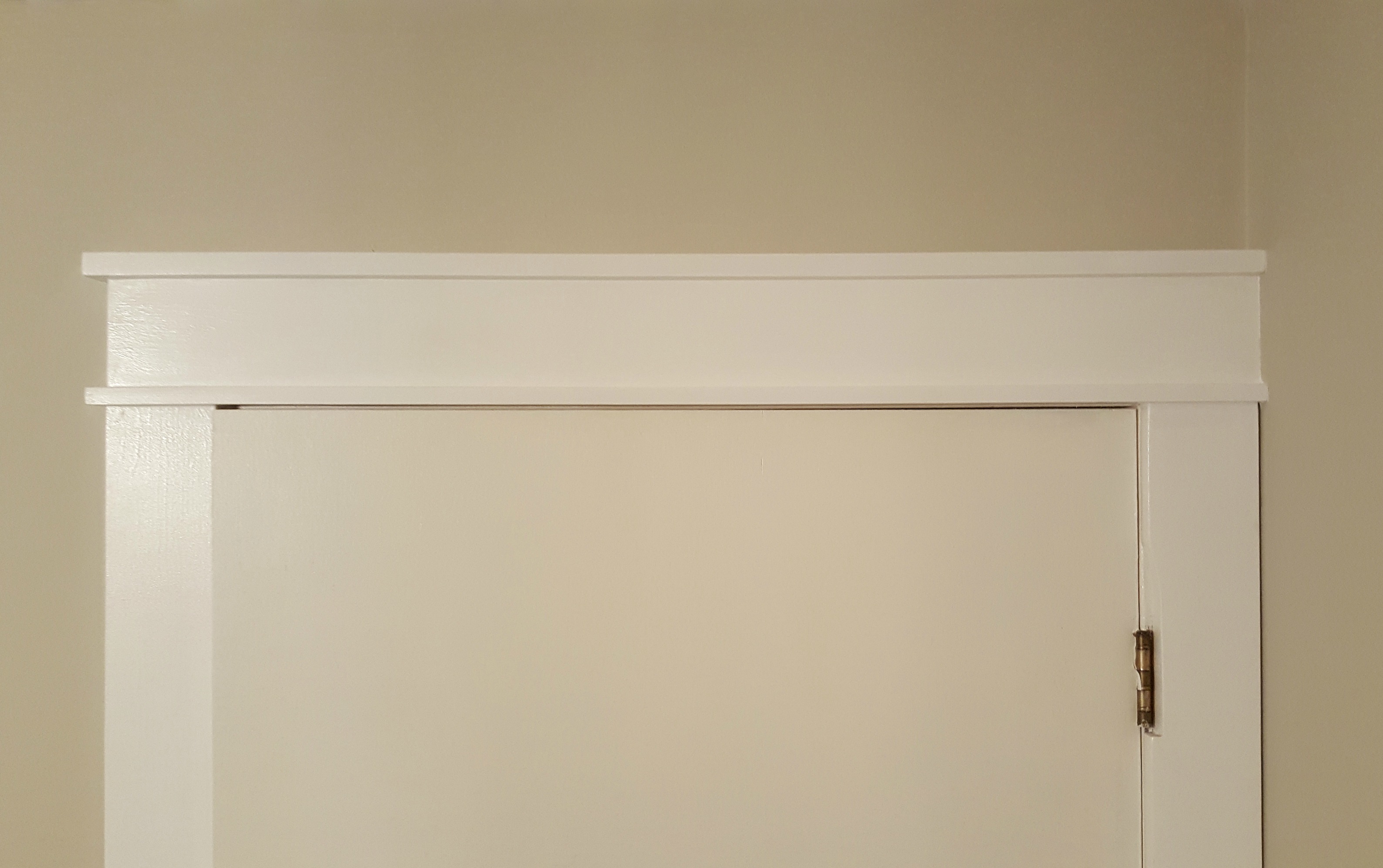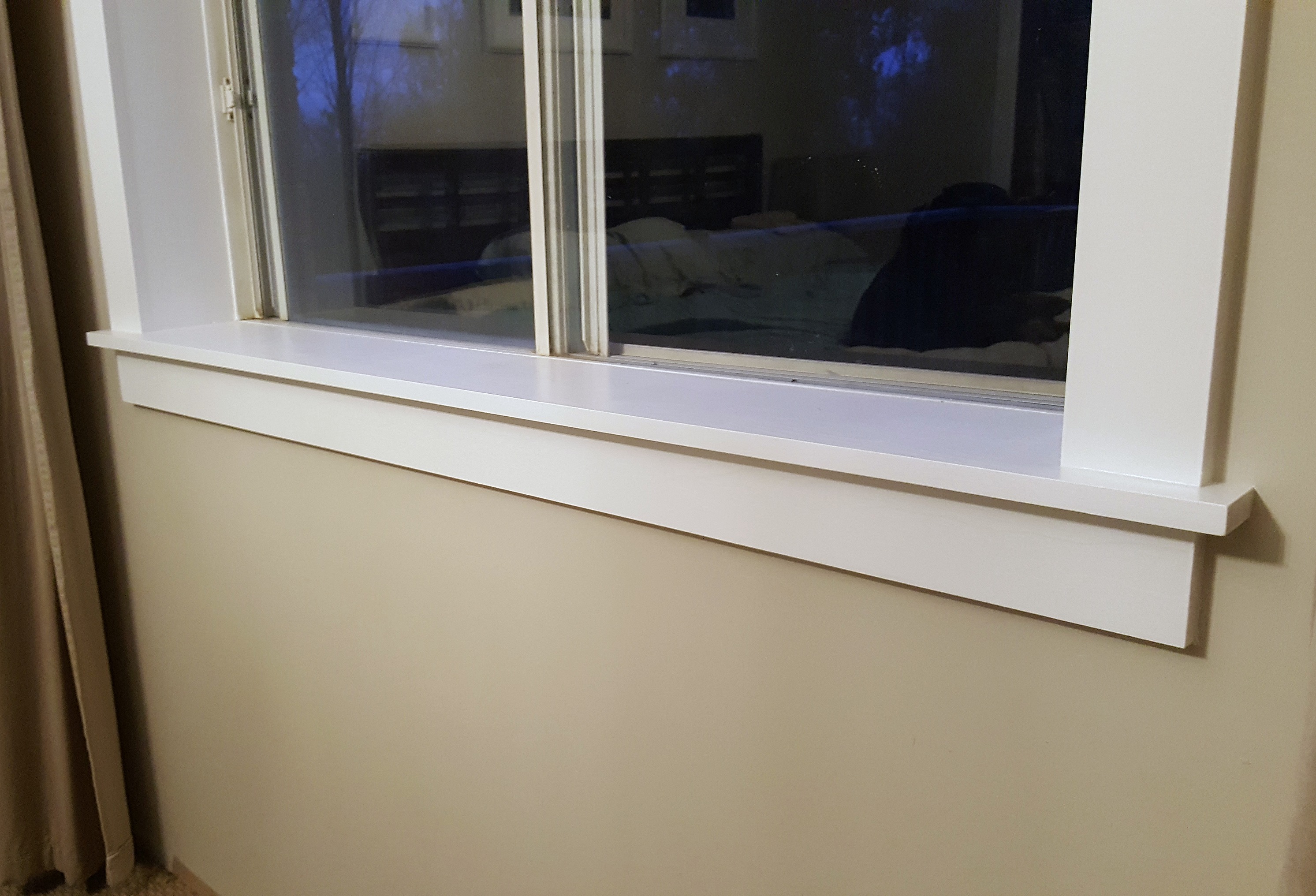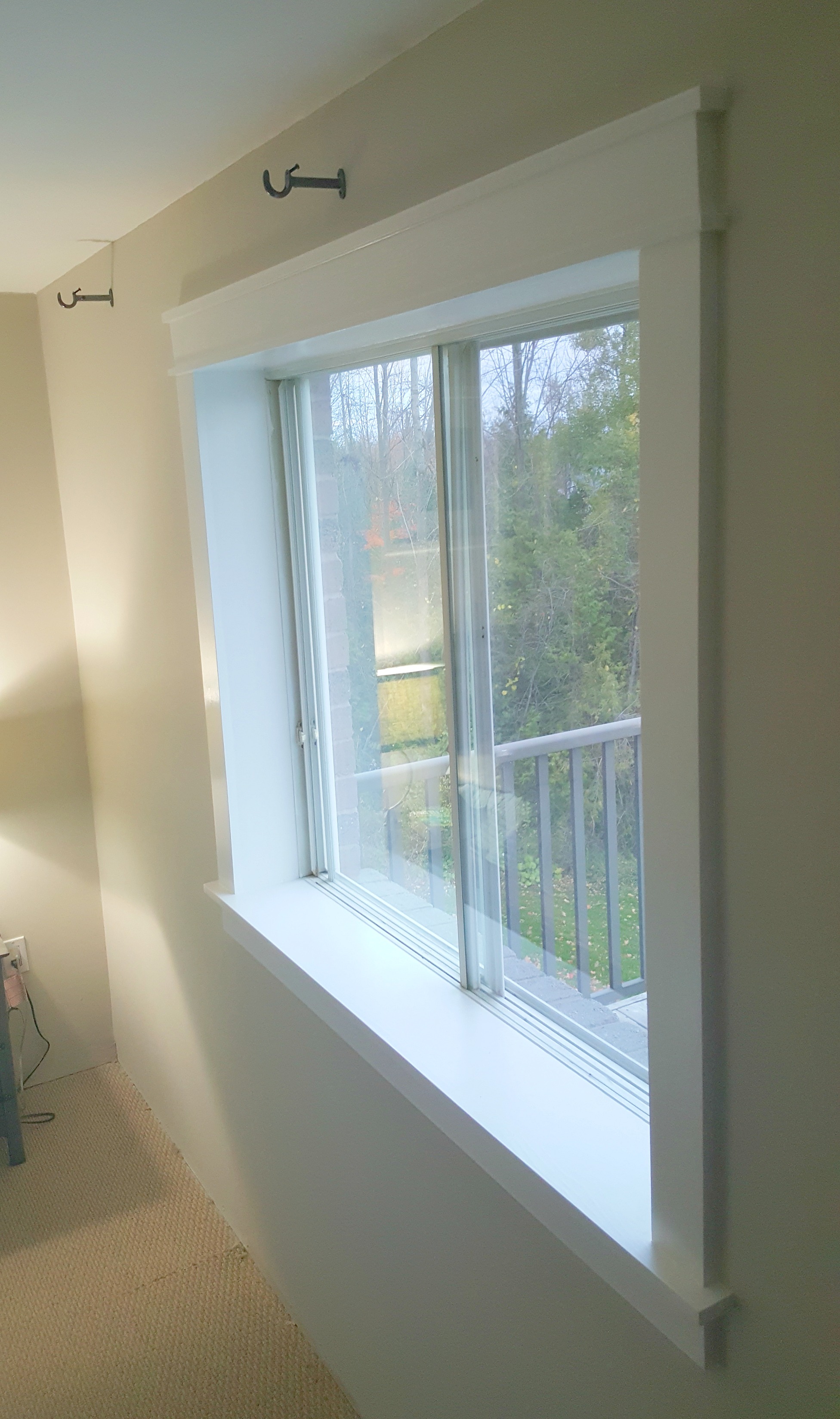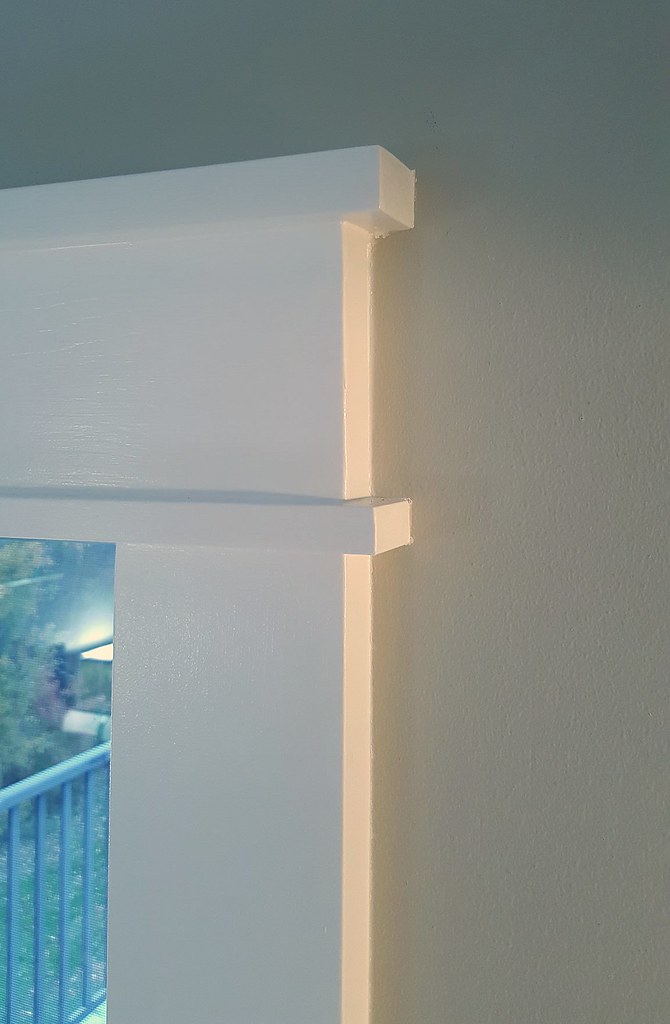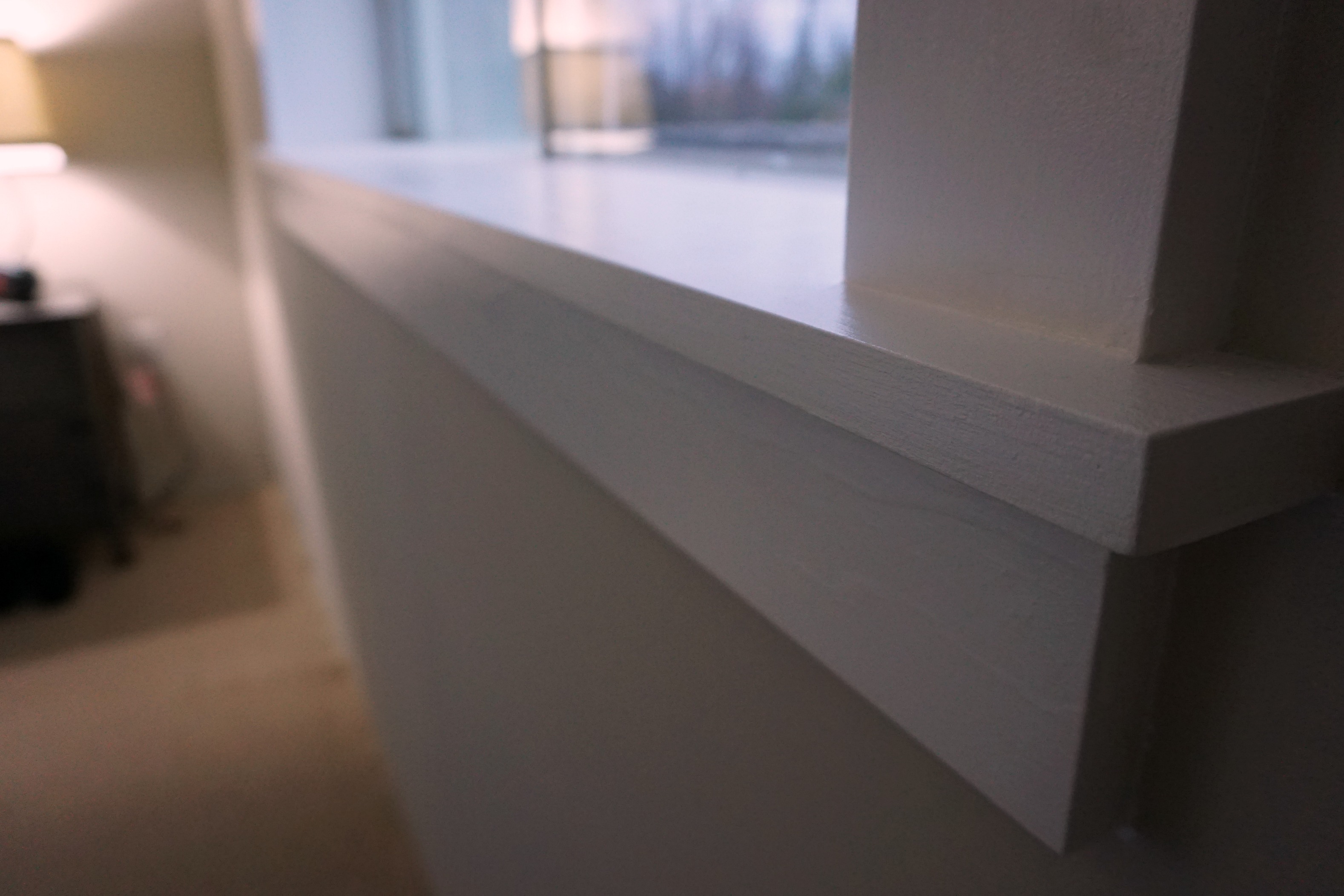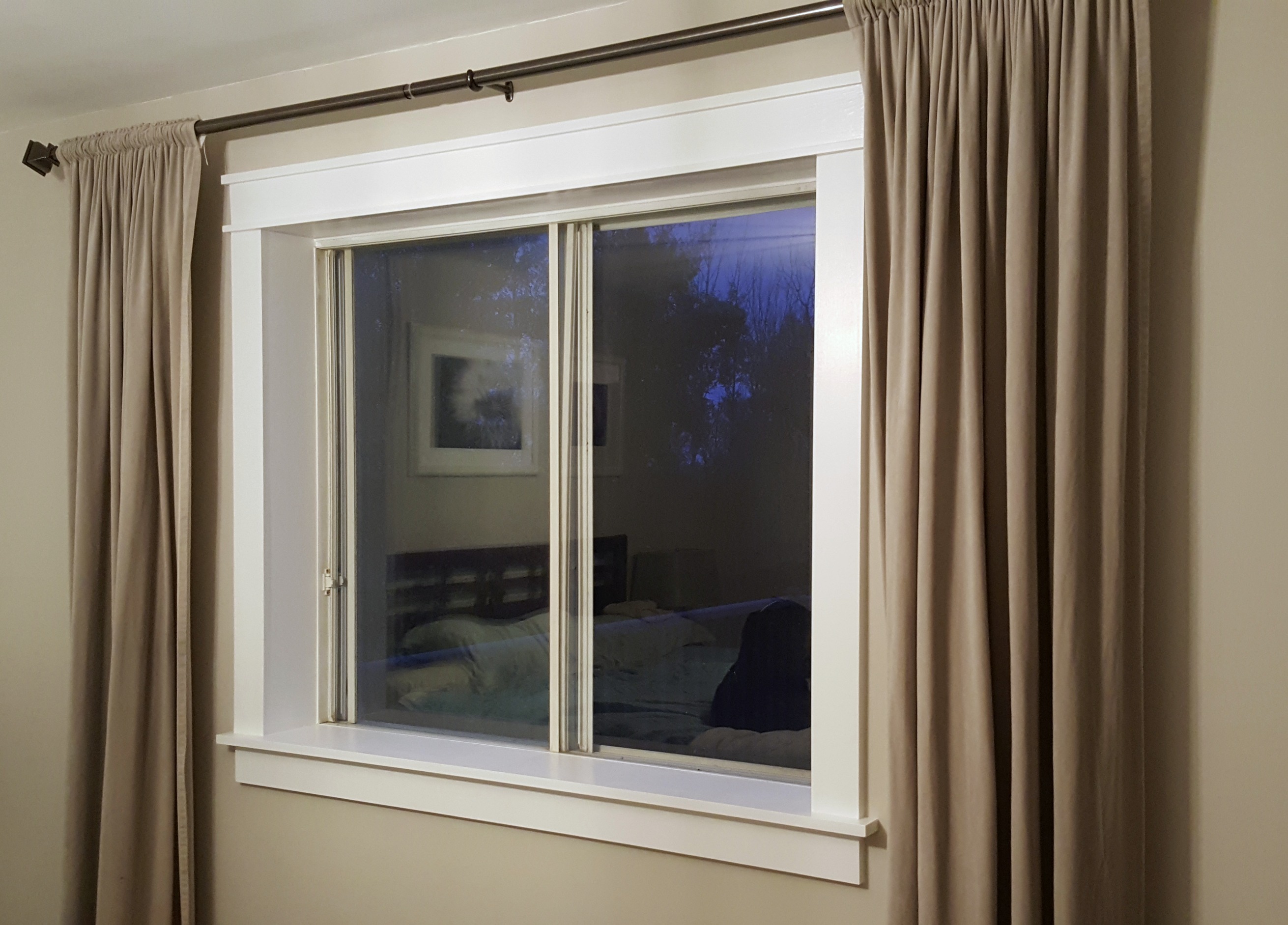So, we're counting down the final days to Christmas and it dawns on you that you don't have a gift for that handy, crafty, do-it-yourselfer in the family. Or maybe your loved one is just getting started and you want to help them kit out their workshop. What to buy?
Let me help you out with some ideas at all price ranges - from under $40, to bigger ticket items, to stocking stuffers. I've based it on the tools that we use the most and a few that we wouldn't mind having ourselves.
Gifts Under $40
1. "Sawdust is man glitter" coffee mug. Tom laughs every time he hears this phrase. It also looks great on a t-shirt.
2. 24-inch bar clamps with trigger tightening. I've talked about these clamps before. I call them my "extra pair of hands." The 2-foot length makes them perfect for any-sized project.
3. Look how flashy these Dewalt safety glasses are. If you don't have safety glasses in your workshop then you should. You really should. You should probably have a few pairs as they're always getting misplaced. These bright yellow ones will easily stand out in a field of off-cuts and wood shavings.
4. My sweetheart, the Kreg R3 pocket-hole jig. For when you want to join boards at angles or along edges. That's pretty much all the time. The list of projects we've used this on is enormous. Pocket-hole screws provide an extremely strong joint and this jig guides you in drilling the holes at the correct angle and depth every time.
5. Do you have a table saw? (If not, see below.) Do you worry about your hands getting too close to the blade while the board is fed through? These table saw push sticks lock onto the board and allow you to keep it in place throughout the entire cut without having to guide it with your bare hands.
Gifts over $100
1. The lowly table saw. One of the building blocks of a well-equipped shop. This Bosch model comes with a stand that folds up - a bit like a stroller - for easy storage out of the way when you're not using it. But you'll be using it - A LOT.
2. It only takes a couple of times attaching a screw by hand to realize you need a power driver. And your drill is your go-to hand tool. Ridgid now has this set of 12V drill/drivers that are lighter than the usual 18V workhorses, thanks to the smaller battery. I got them myself a couple of months ago. And once in a while I get to use them because Tom is always borrowing them.
My dorky face the day I got them:
3. It can get pretty boring just listening to the hum of the saw and the sound of your own thoughts. This Ridgid jobsite radio runs on any Ridgid 18V battery or can be plugged in. It has bluetooth capabilities and can be paired with your smartphone. It also has charging ports for your other devices. We have this model - you can see it in the top left of the photo above.
4. Everyone has heard of Dremel. Yes, you have. The Dremel Multi-Max oscillating tool does so many things. It can cut (in place!) It can sand. It can scrape. It's one of the tools that you'll grab for just about anything. Especially for smaller jobs - it's so much easier than dragging out your other saws.
5. Perhaps this should be #1 on the list. Keeping your work area neat, tidy, and organized is a priority. And being able to find that hammer or measuring tape or drill makes working on a project so much more fun. This 8-drawer Excel tool chest has space for everything, and it's mounted on rollers for easy maneuvering.
Stocking Stuffers
Your shopping is finally done but you realize that you still need a few stocking stuffers. The following are some "can't live without" tools that will fill up the stockings and fill out the toolbox too.
1. Nearly every project we do involves countersinking screws. 'Cause who wants to see screw heads sticking up? This combination countersink bit allows you to drill a pilot hole for your screw and bore a hole to countersink it at the same time.
2. I don't like cleaning paint brushes. But I do like taking breaks while I paint. Enter The Paint Brush Cover. It protects your brush from drying out between coats or between sessions. (There's also one for rollers.) The cover keeps the brush usable for up to a week. And it's easy to clean. I love this thing and grabbed a few the last time we were in the US (I haven't seen them in Canada yet).
3. Anyone can change an electrical outlet, right? So why isn't it working? This GFCI outlet tester plugs into the outlet and tells you what the error is through a combination of different light indicators. No more messing around and getting frustrated.
4. Diagonal-cutting pliers (aka sidecutters) are necessary for any toolbox. And you'll want good ones. These ones have a beveled edge for close cutting. Plus the handles are long enough to always be comfortable.
5. Tom recommended this LED flashlight. He uses his every.single.day. Whether it's looking in an engine, doing close electrical work, or figuring out what the dog has in her mouth, again. You'll reach for this every time. You might even want to carry it on your belt like a true professional.
Hopefully these gift suggestions help you out. Because no one wants socks again. Unless they're these ones.


